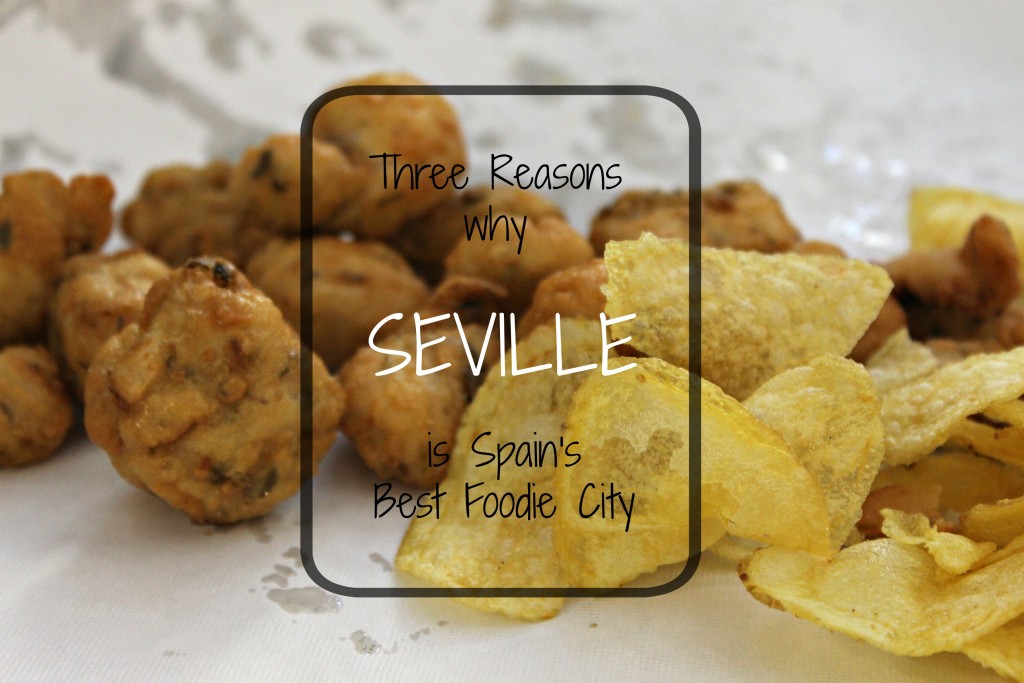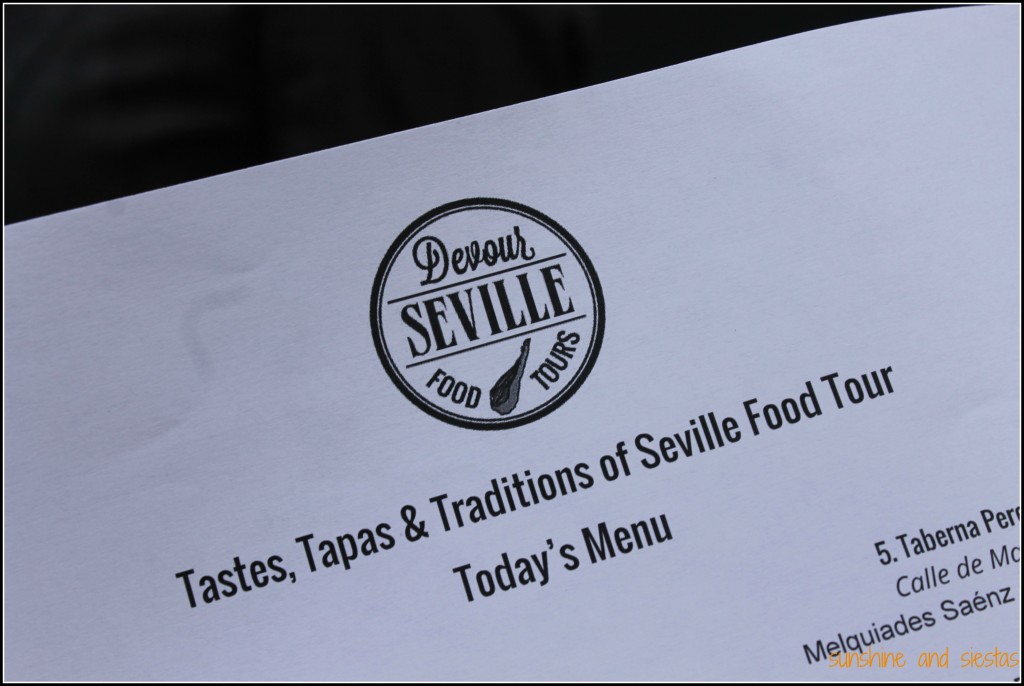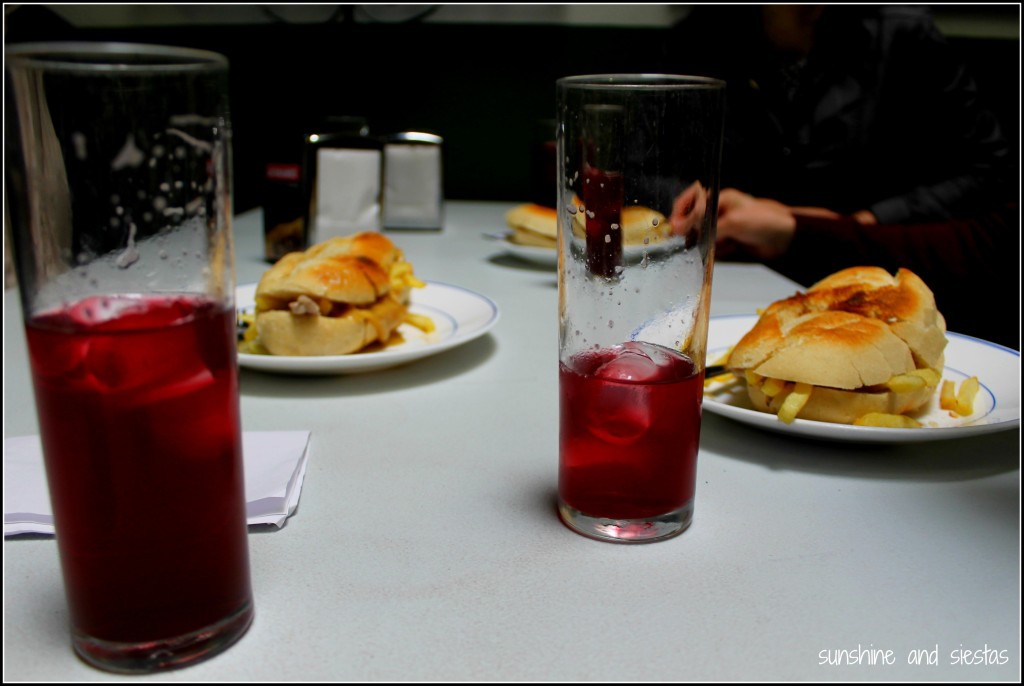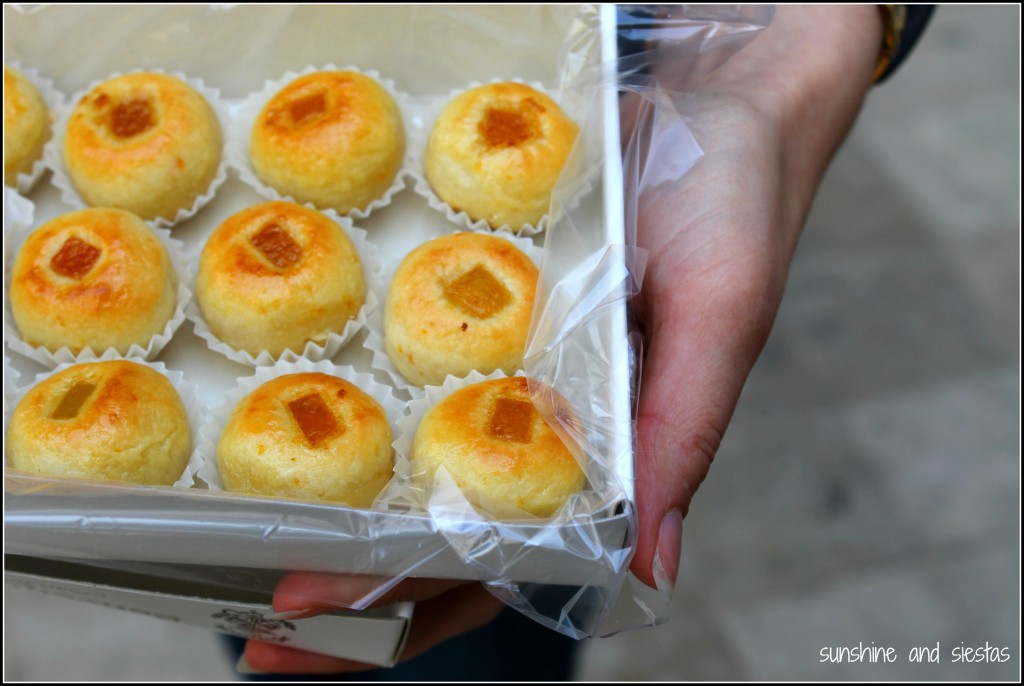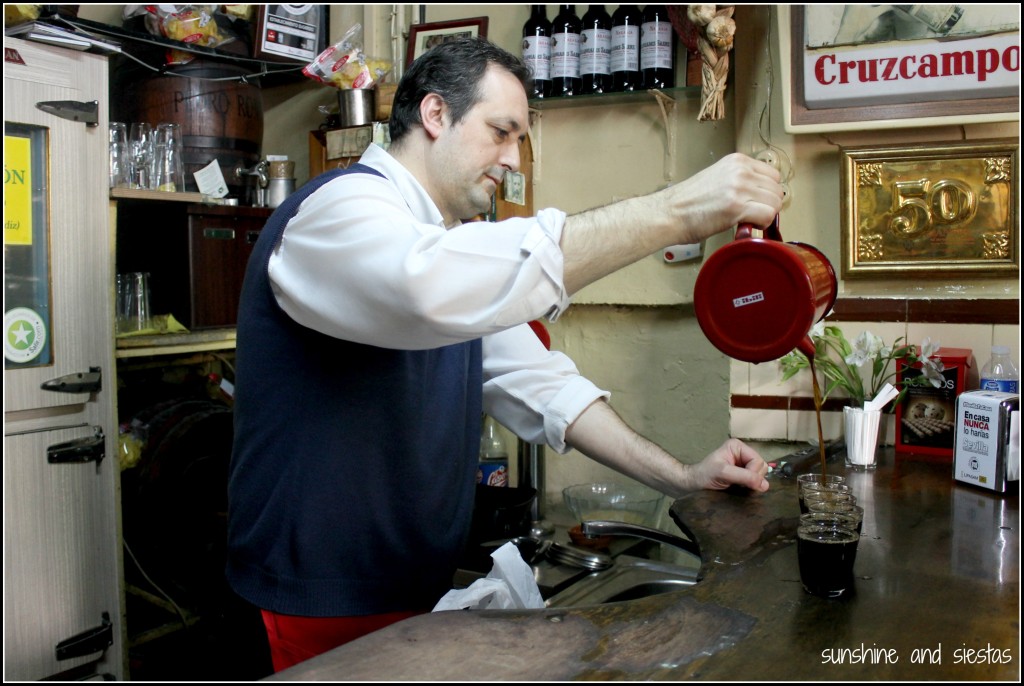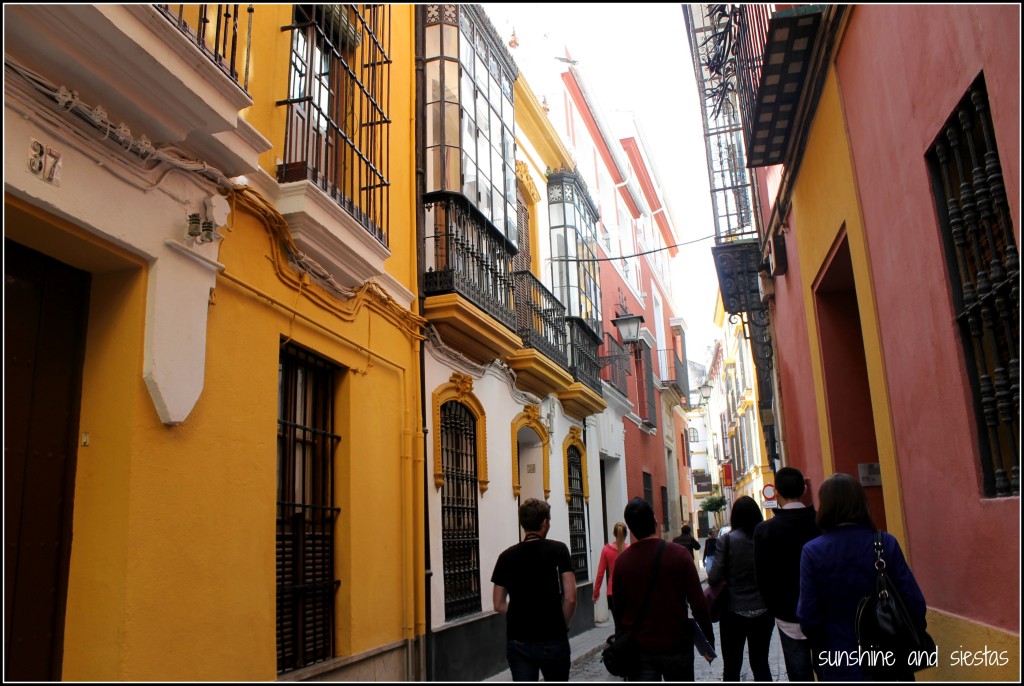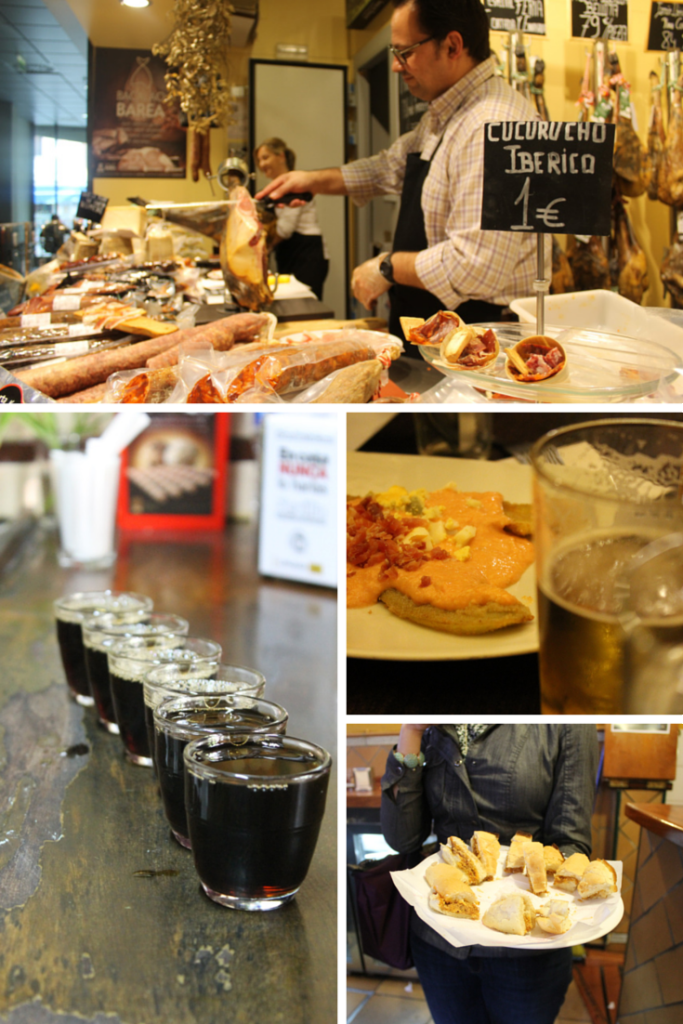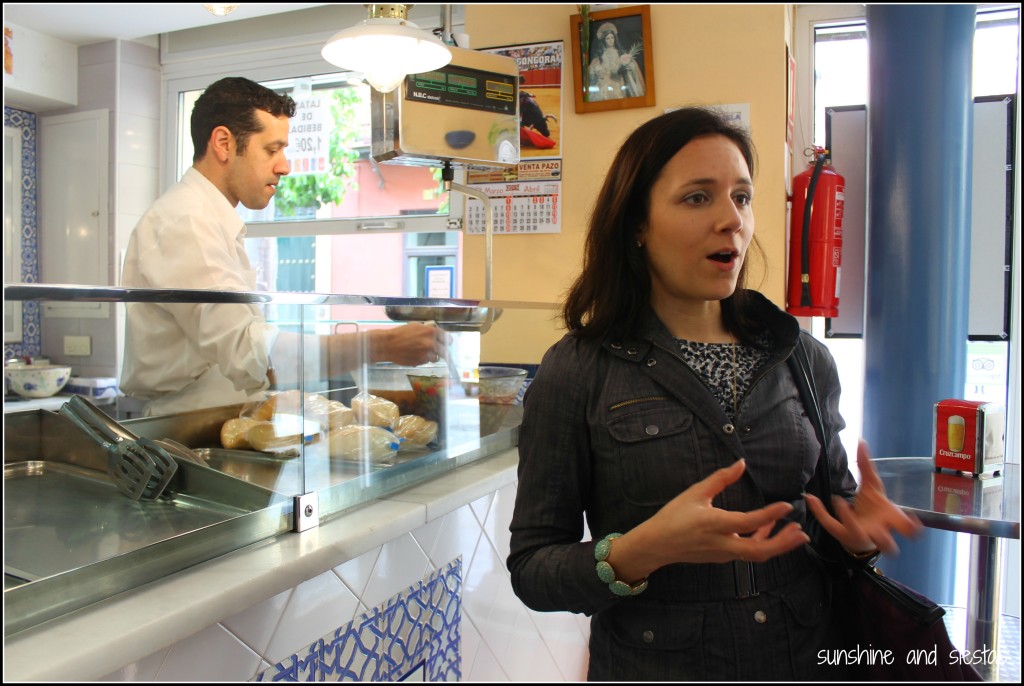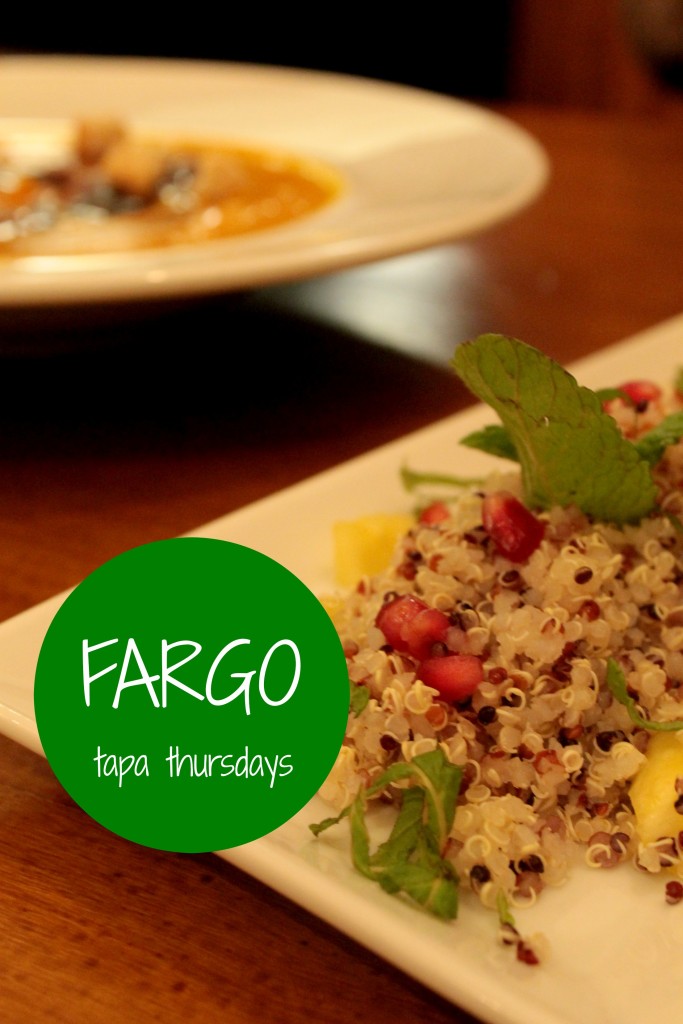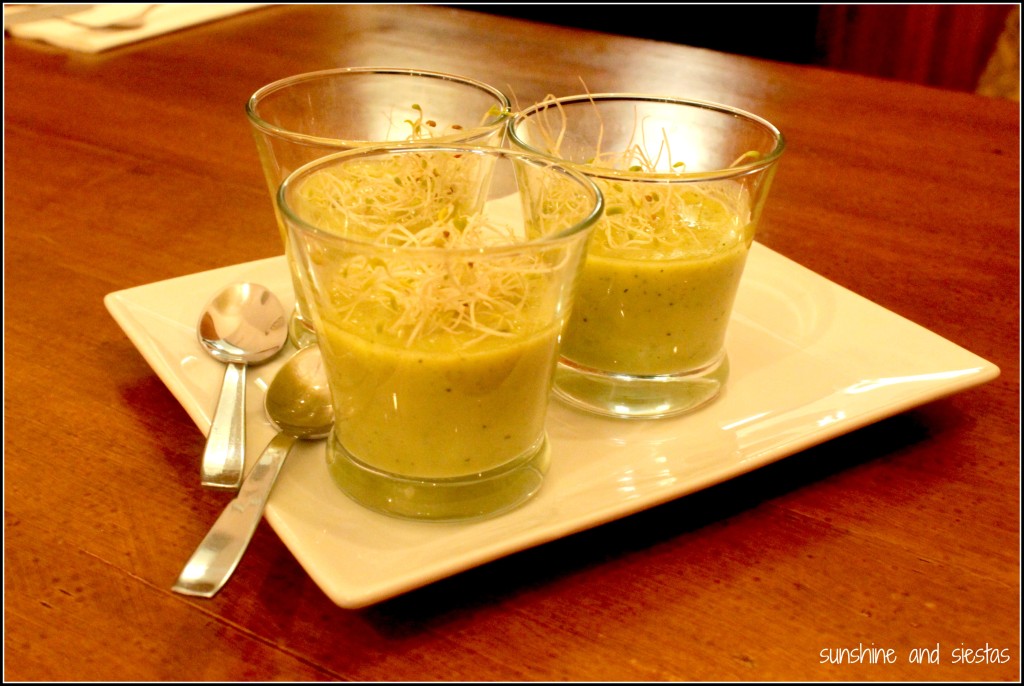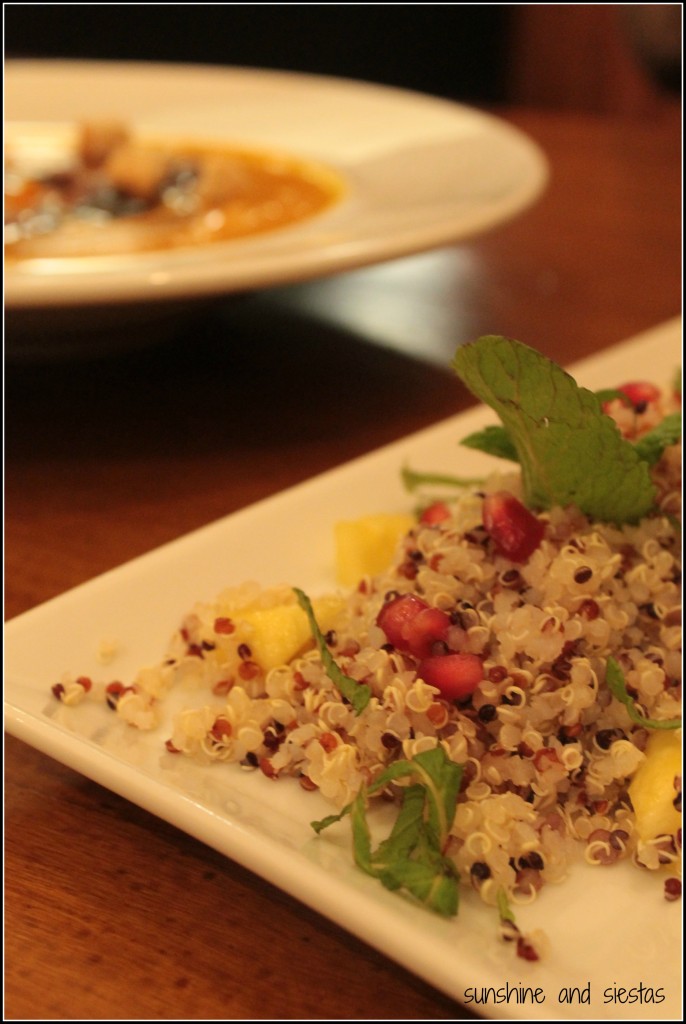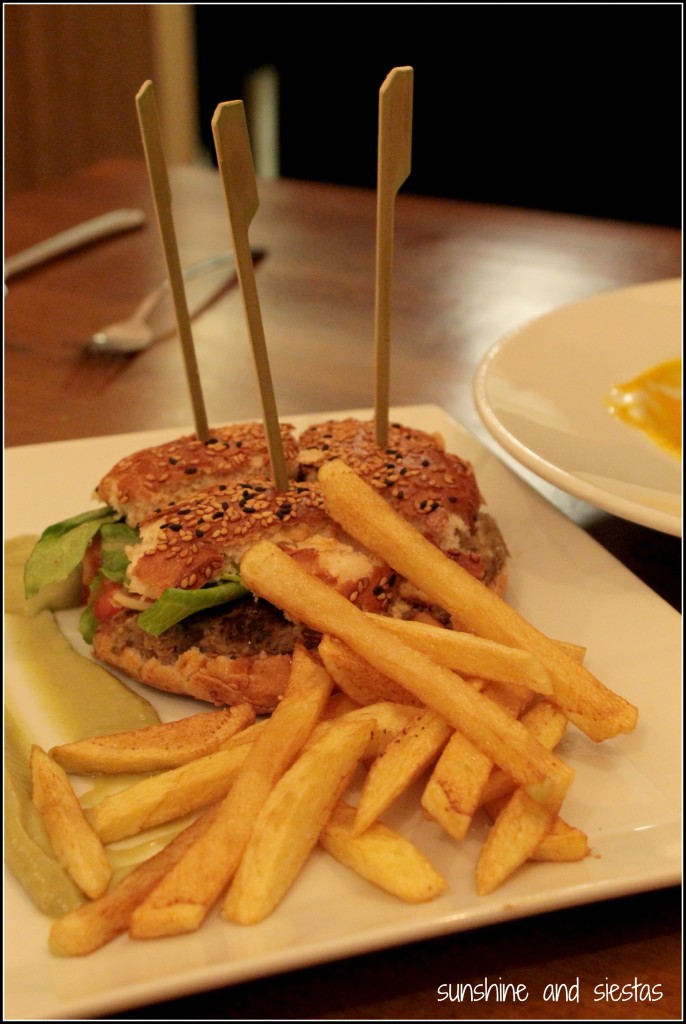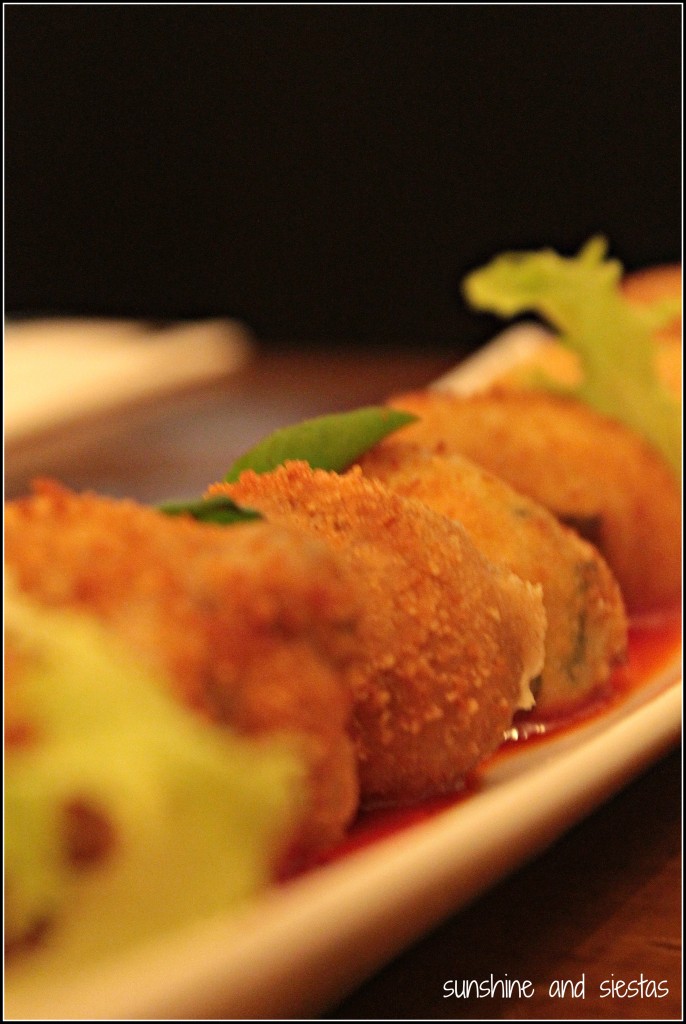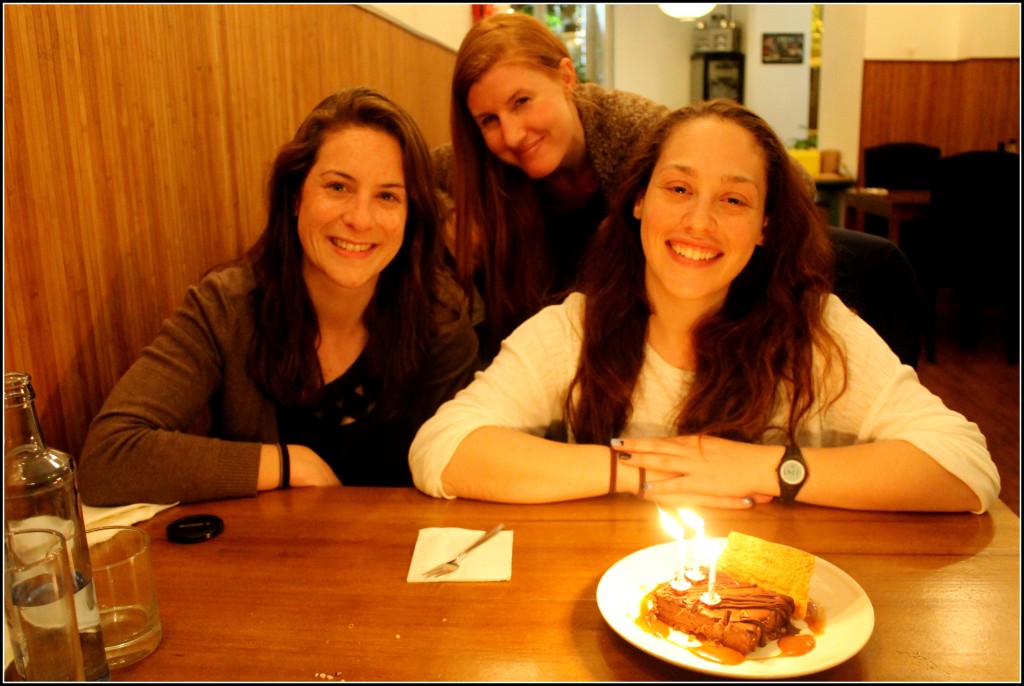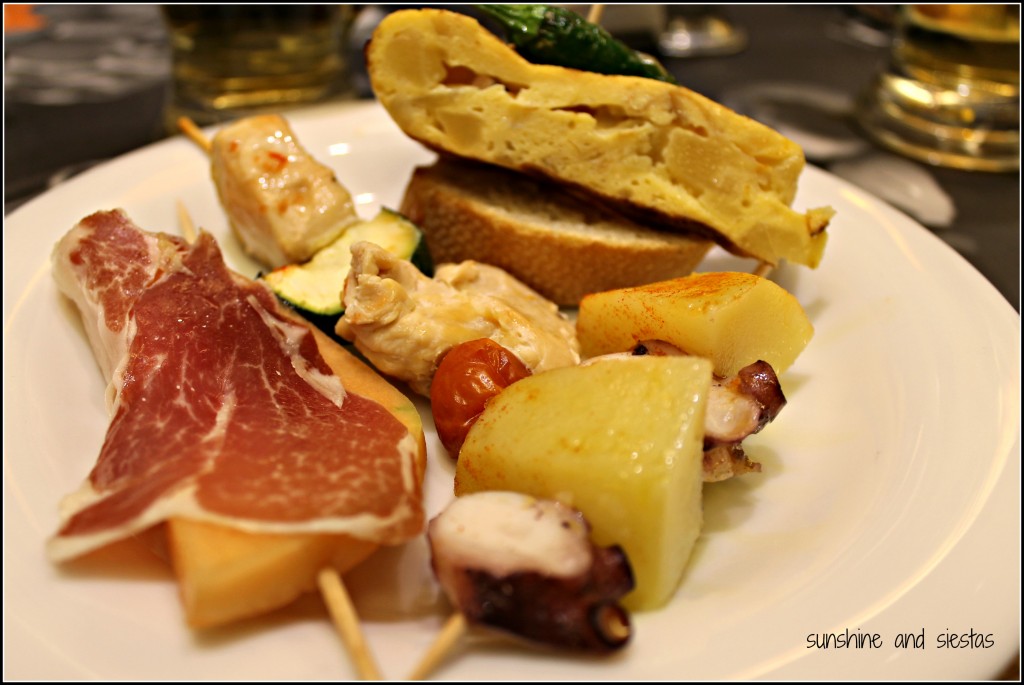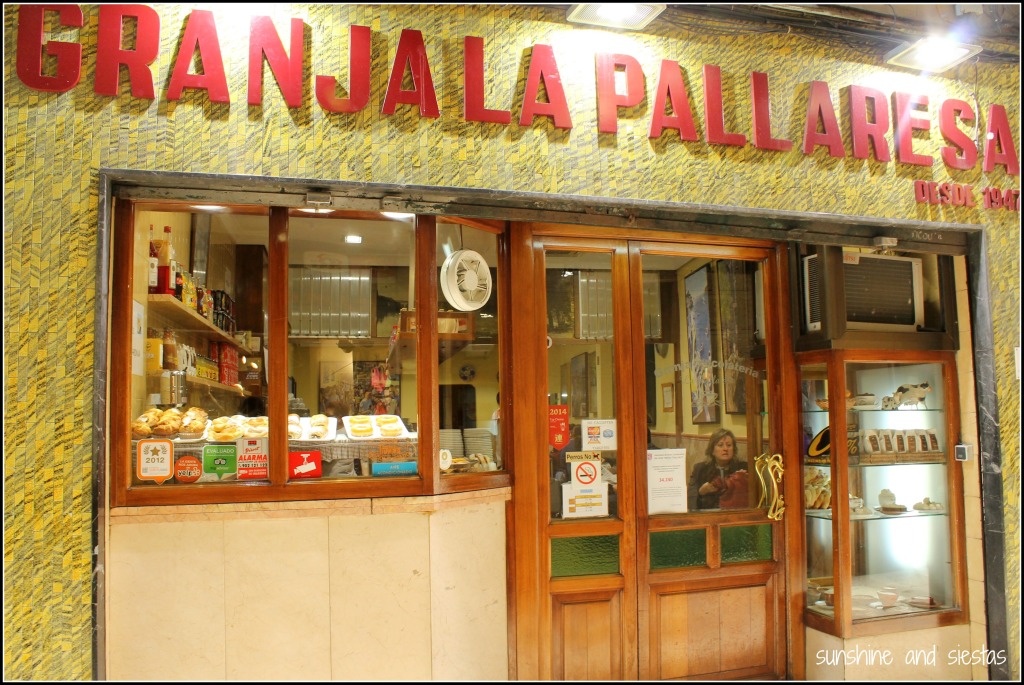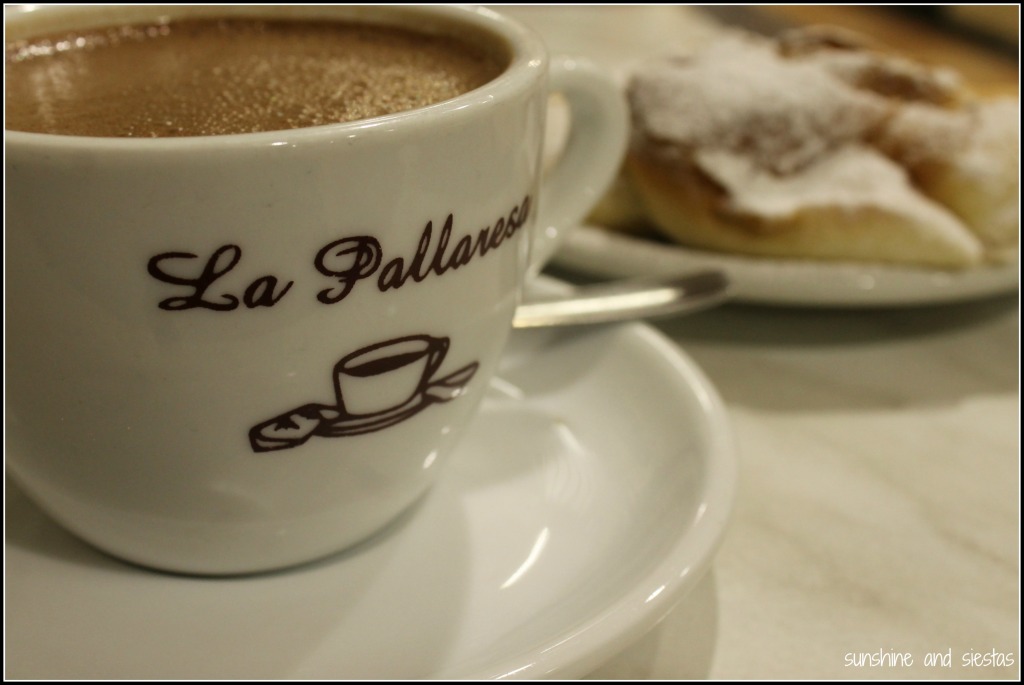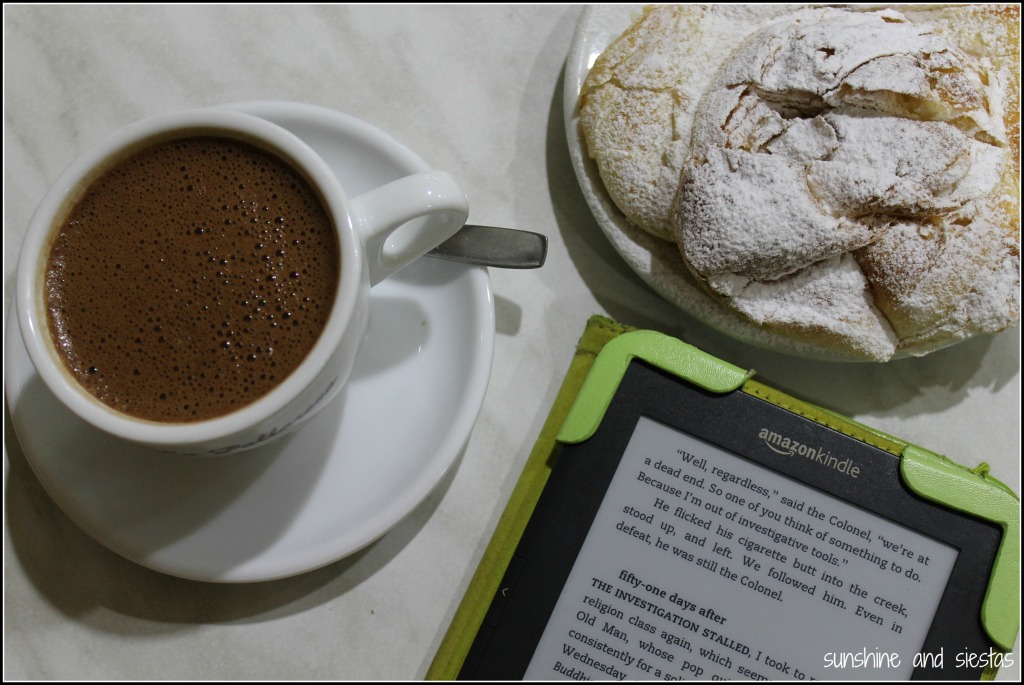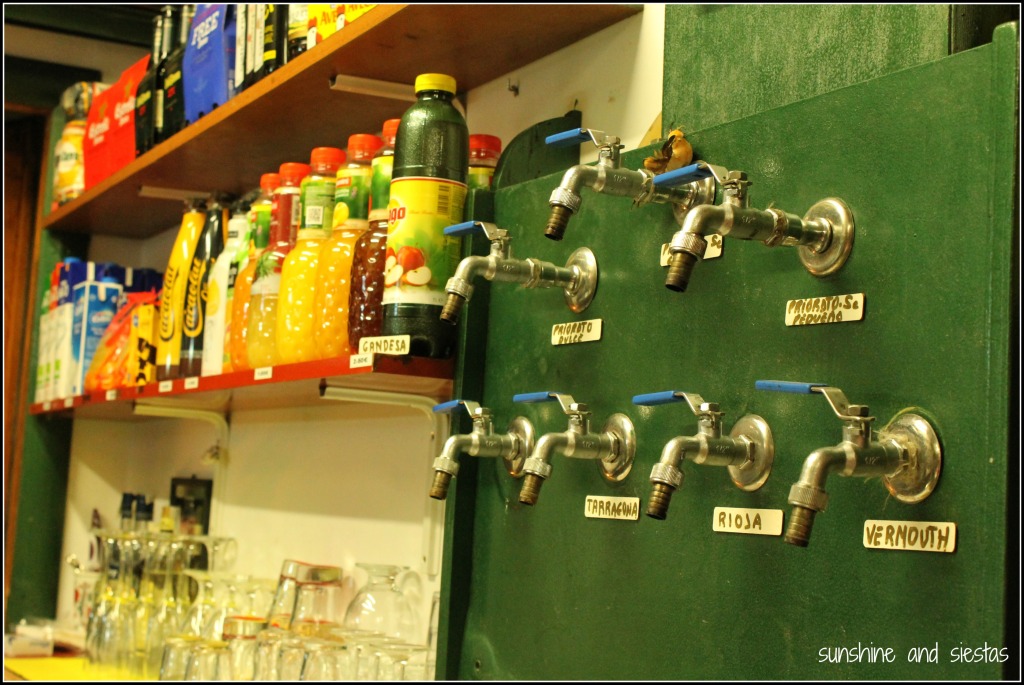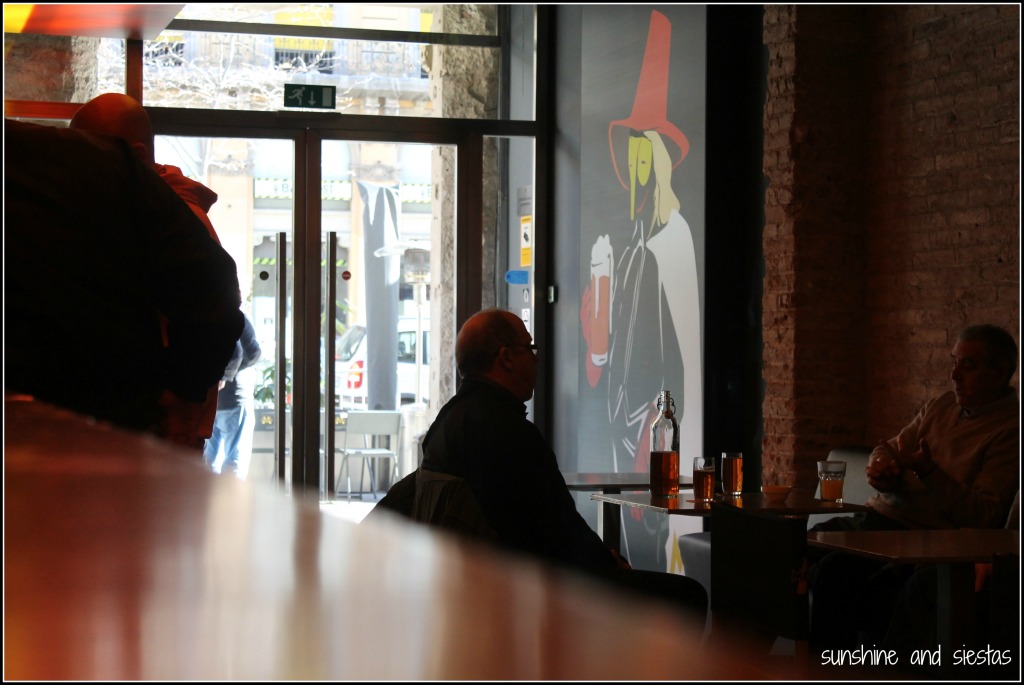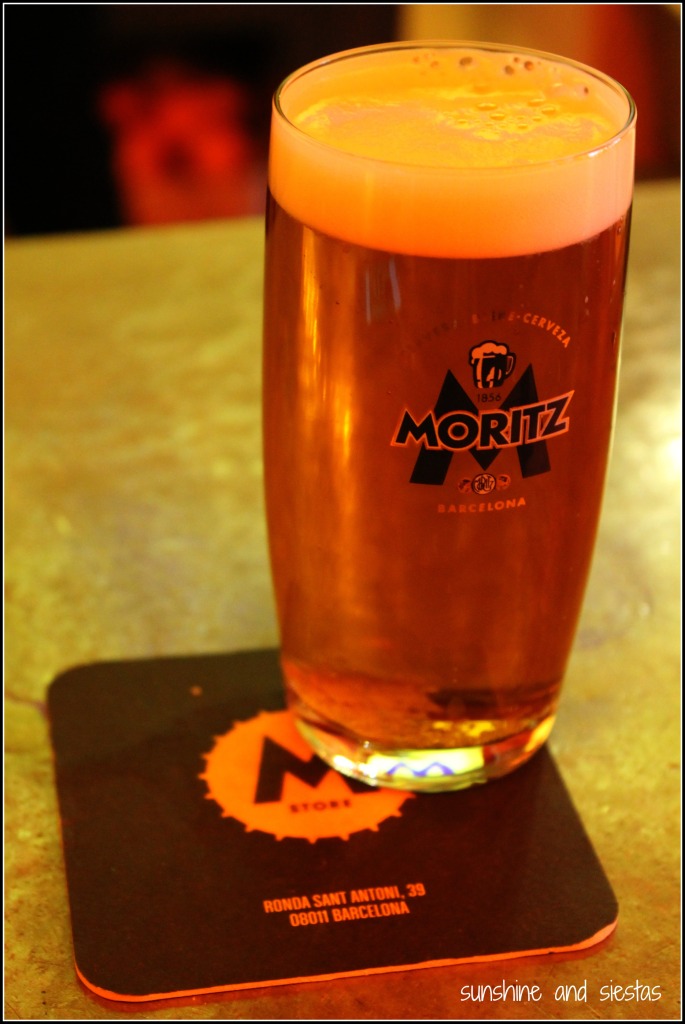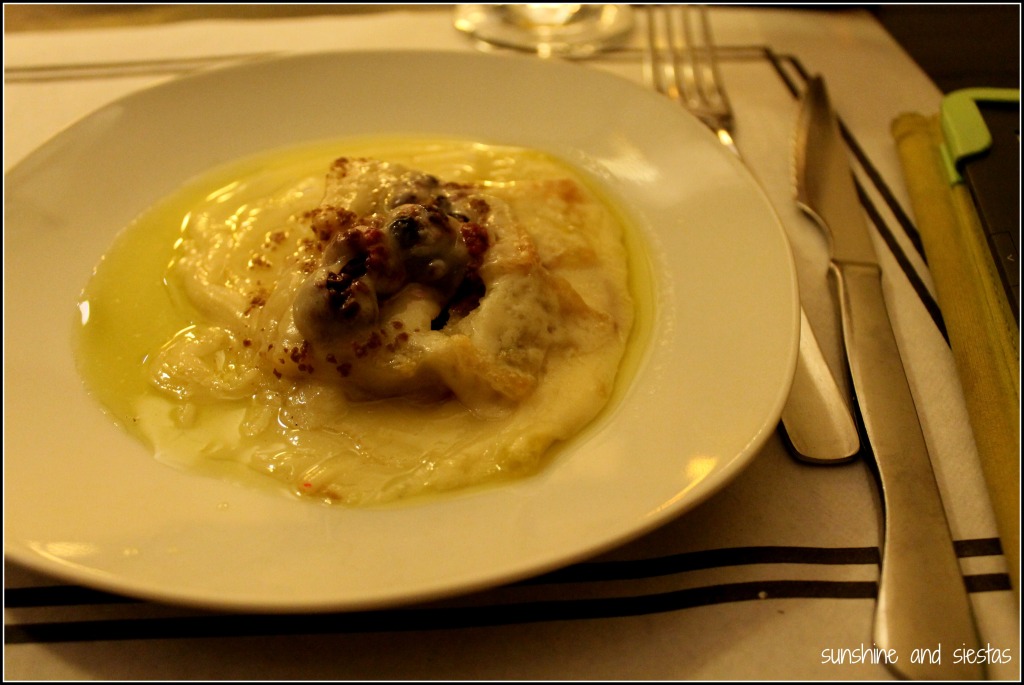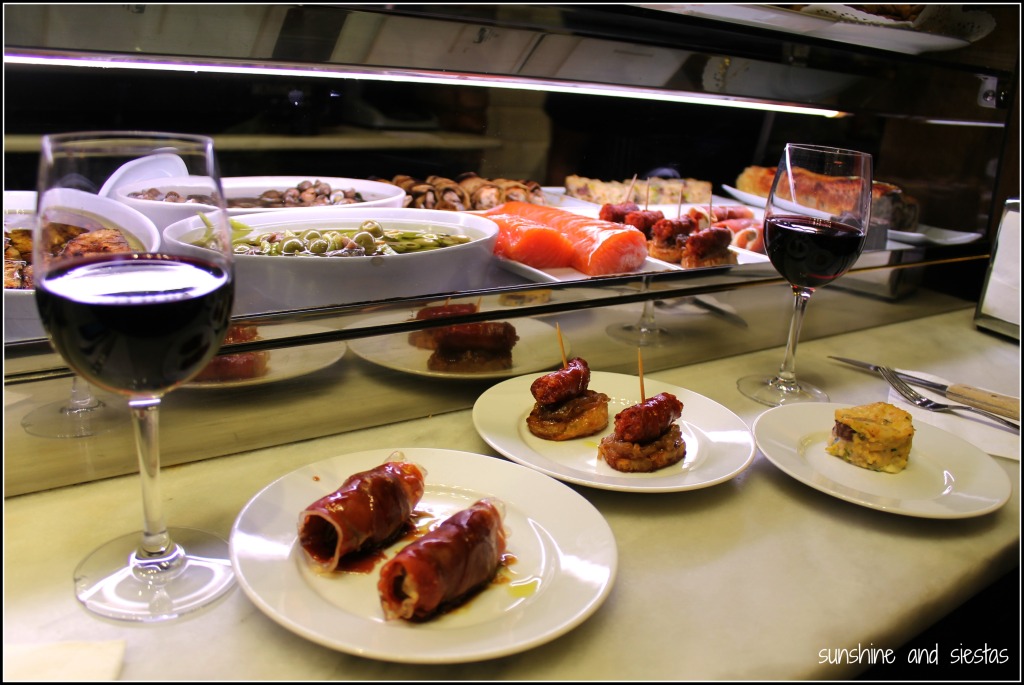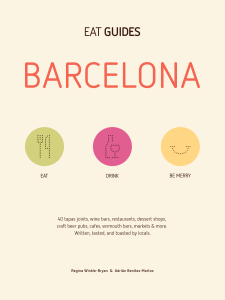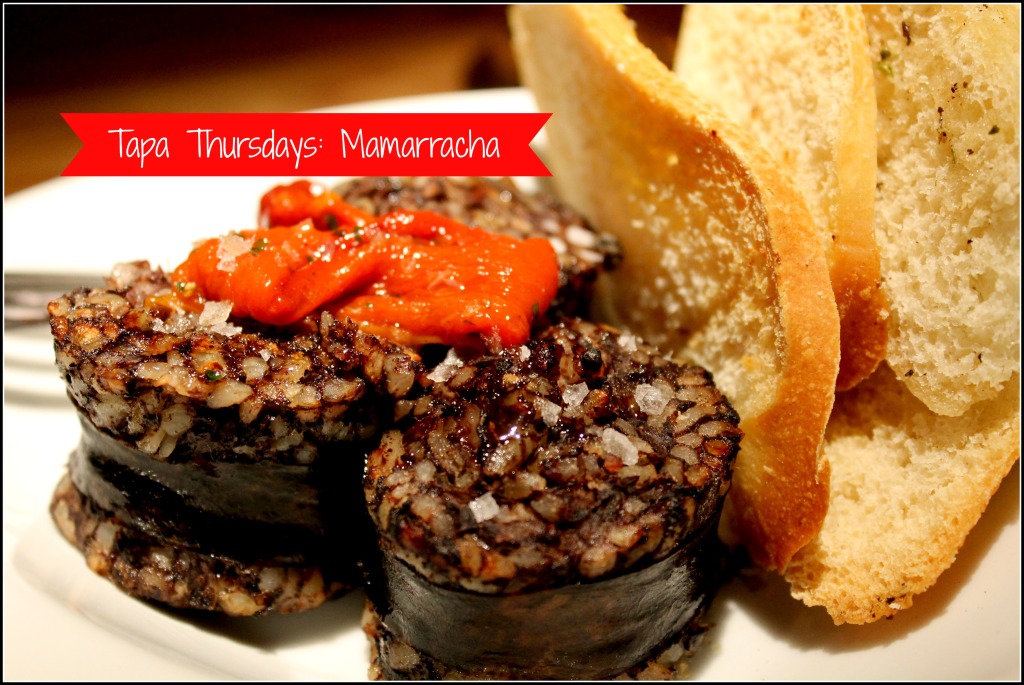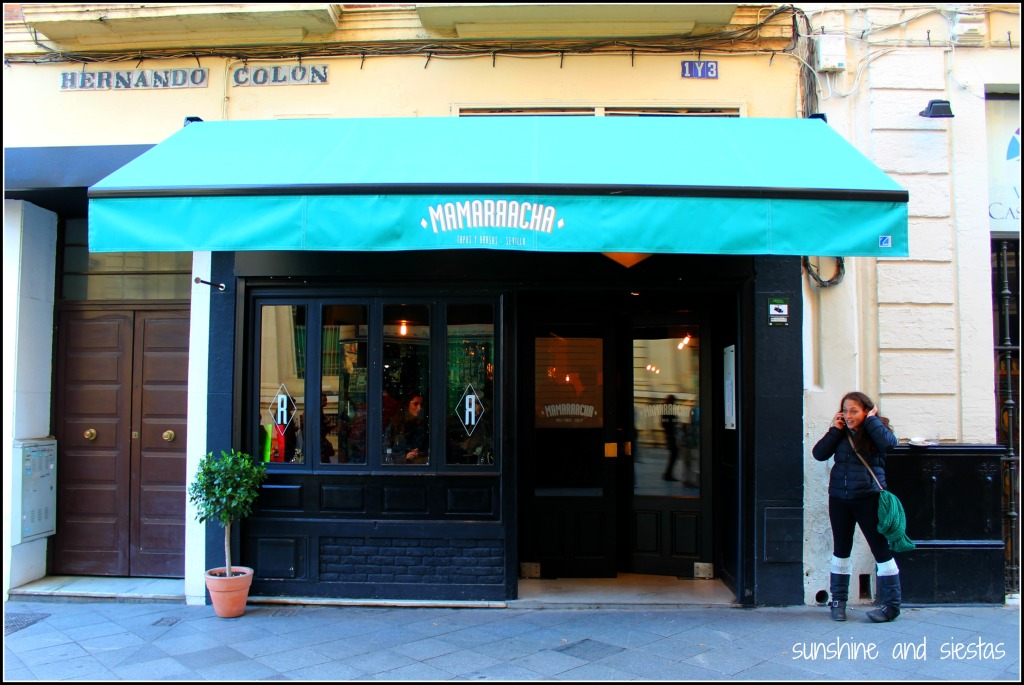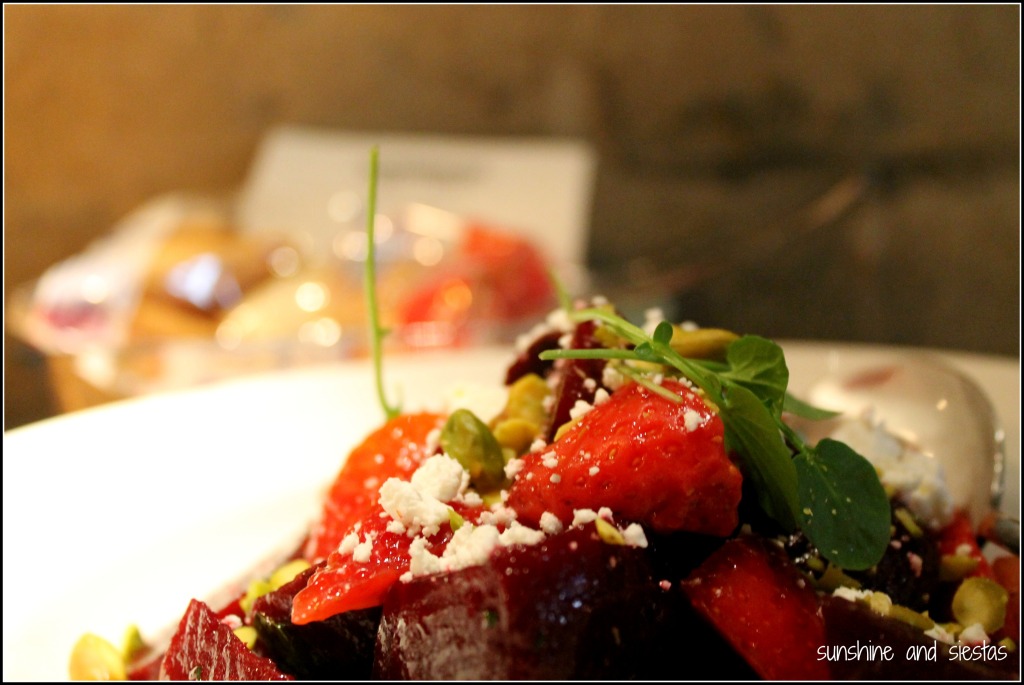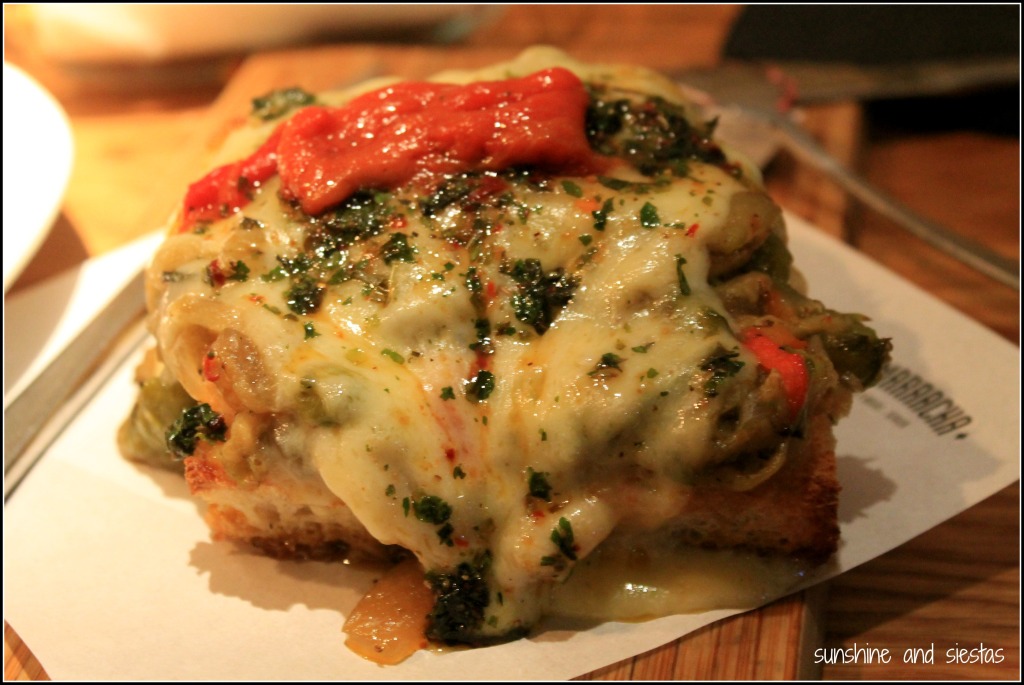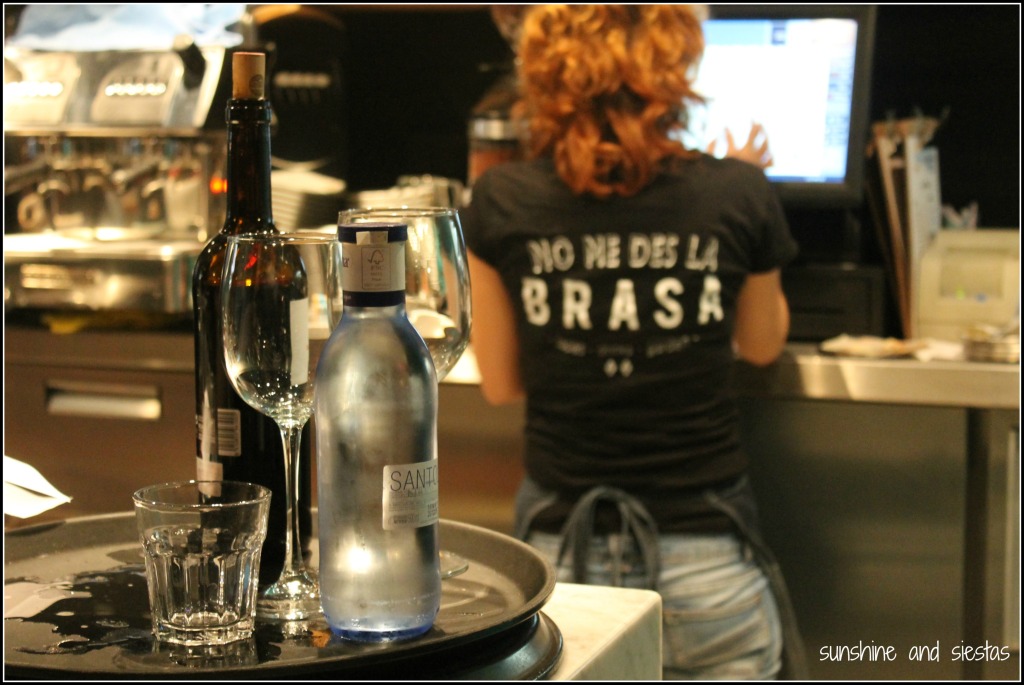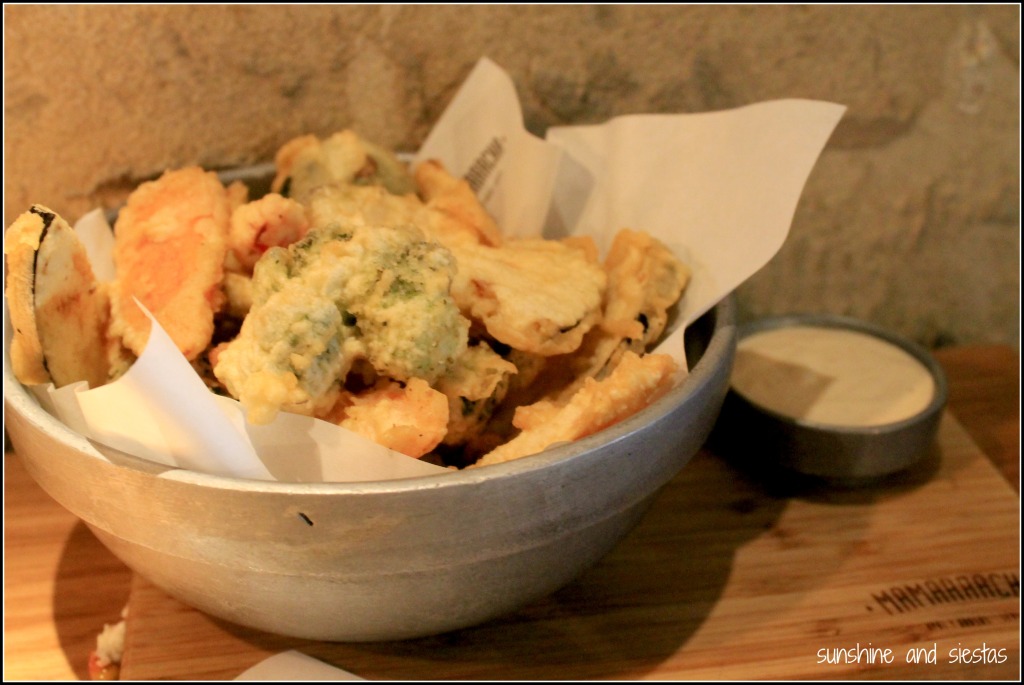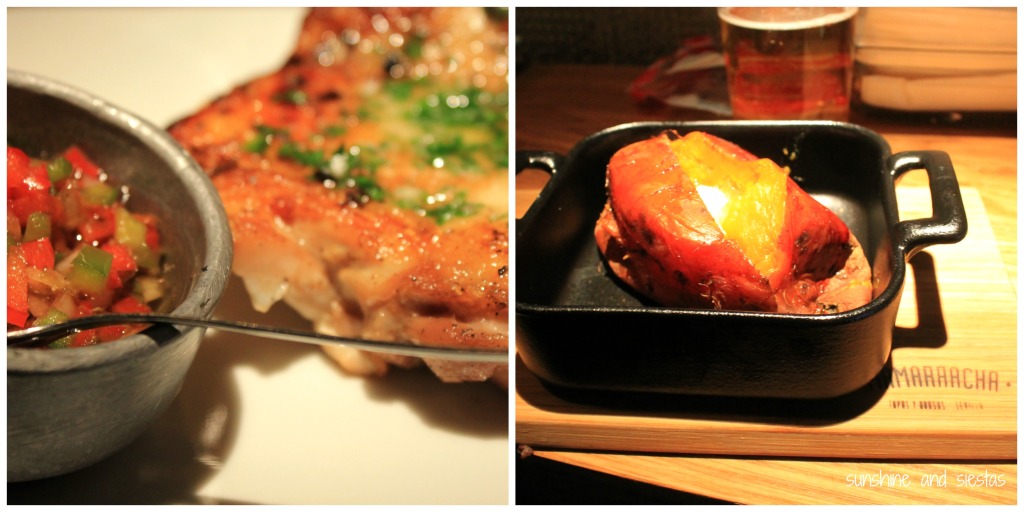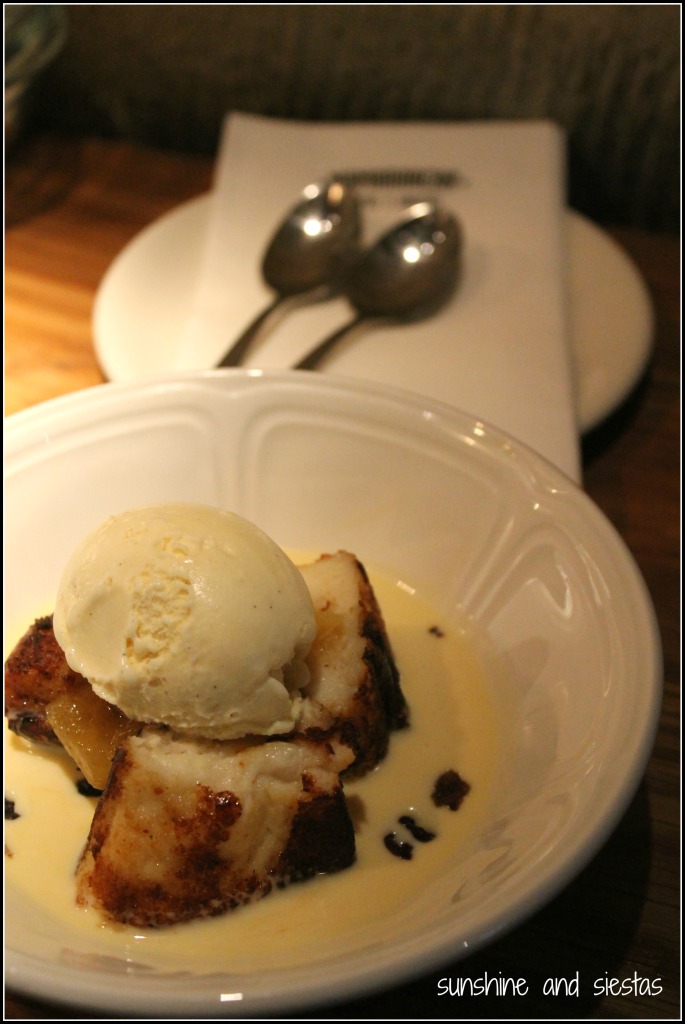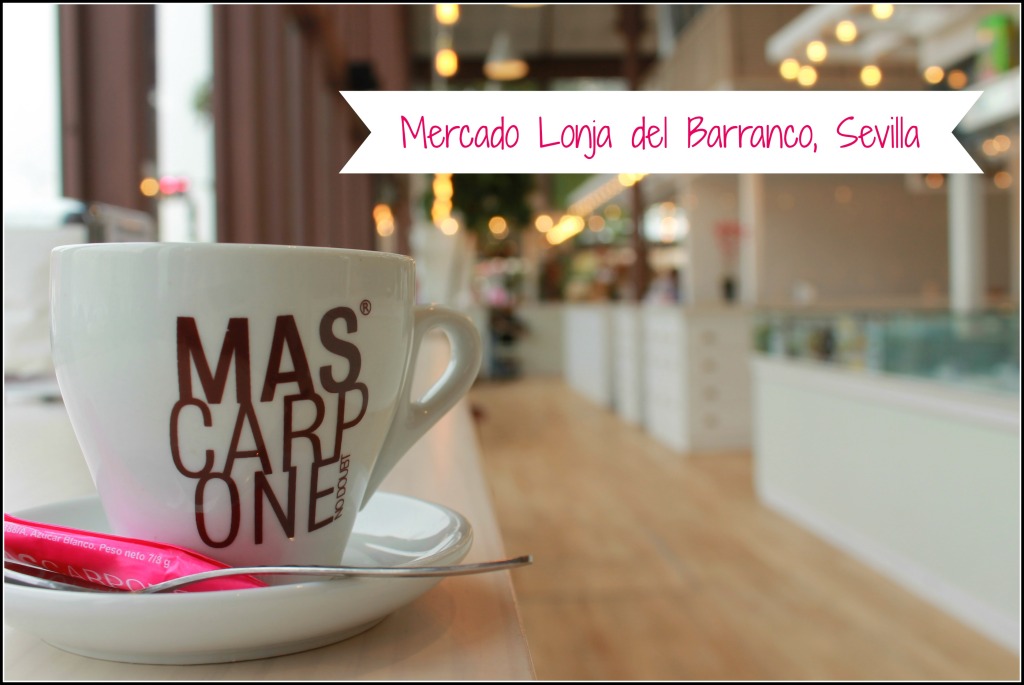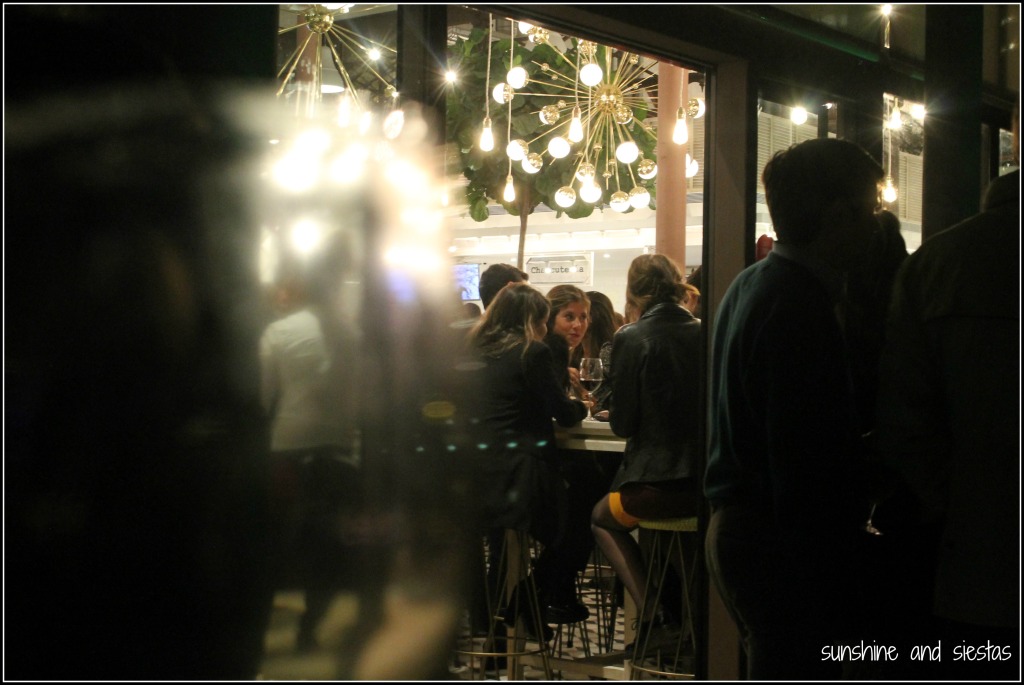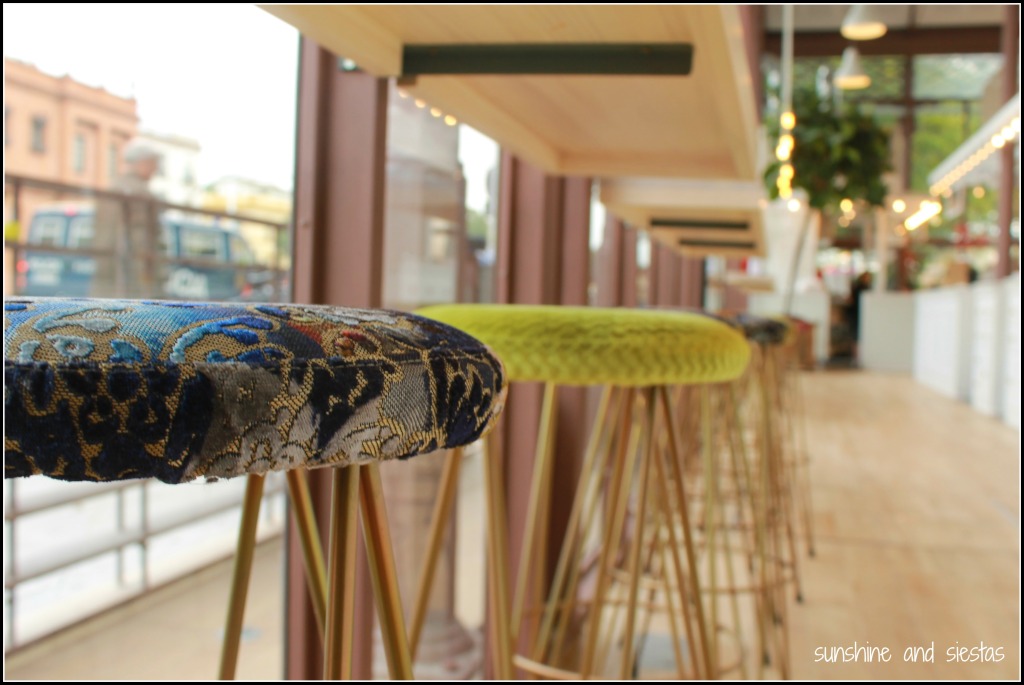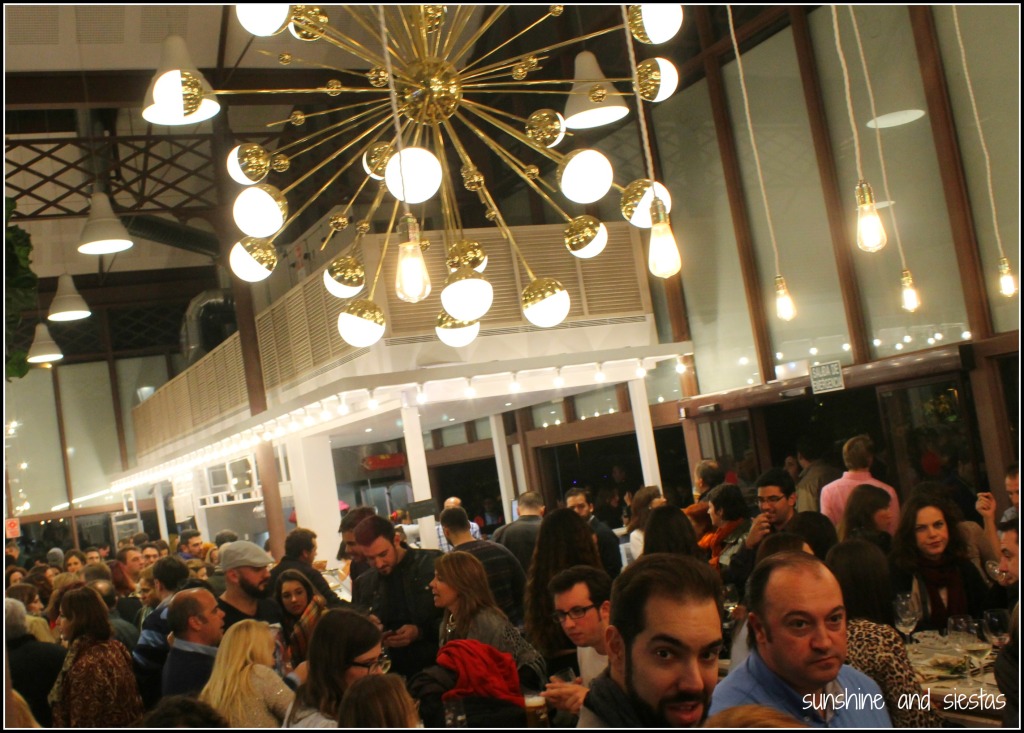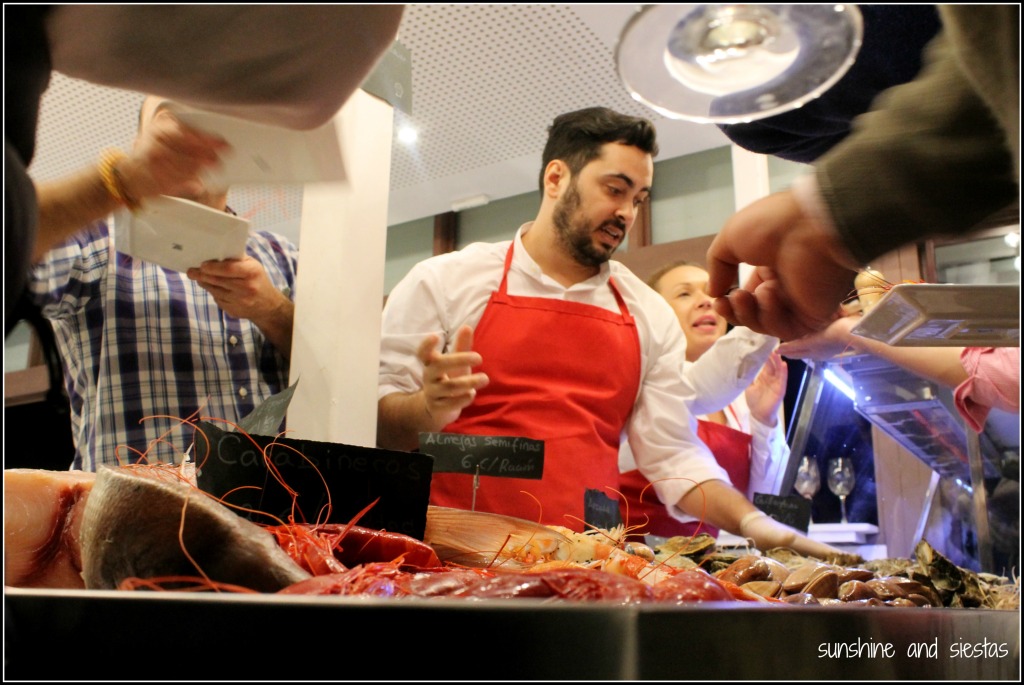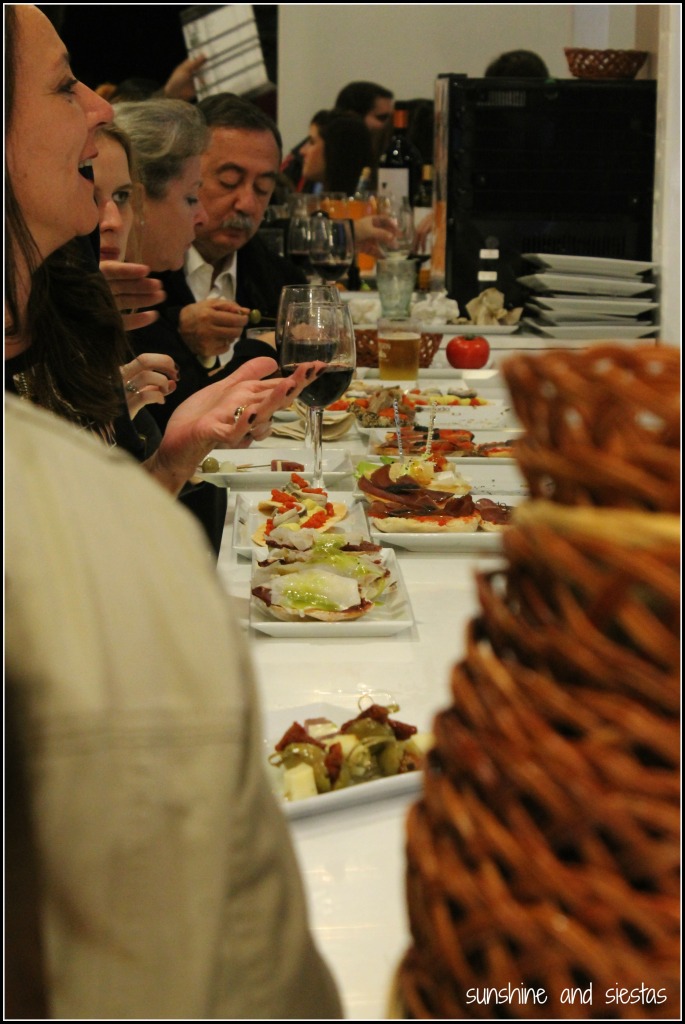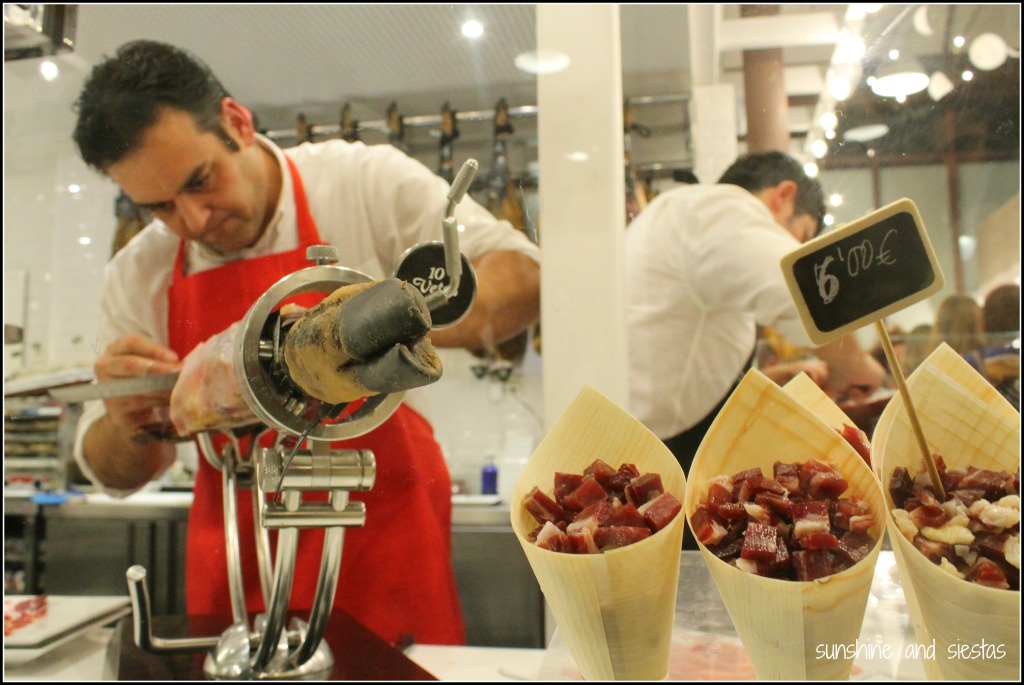A blast of hot air met me as soon as I’d unloaded my bag, a stoller and my kiddo from the bullet train. Ay, mi Sevilla. Nearly two months had passed since the Feria de Sevilla, but that’s the best part about this city – it never seems to change. Not random wooden mushroom where a bus depot once stood, not fiery new gastrobars cozying up to age-old casas de comida.
Sevilla is Sevilla. Forever and ever, amén.
A staple in my Spain life is my guiri group of girlfriends, las sevillamericanas. So when one comes back from Indosnesia for a weekend, believe me when I say I’m not spending my euro coins on the high-speed train to stay at my mother-in-law’s; Kelly’s estancia in the city where these Chicagoans-turned-trianeras merited a fast trip down for catching up and eating up. And documenting on social media – we are nothing but slaves to our screens.
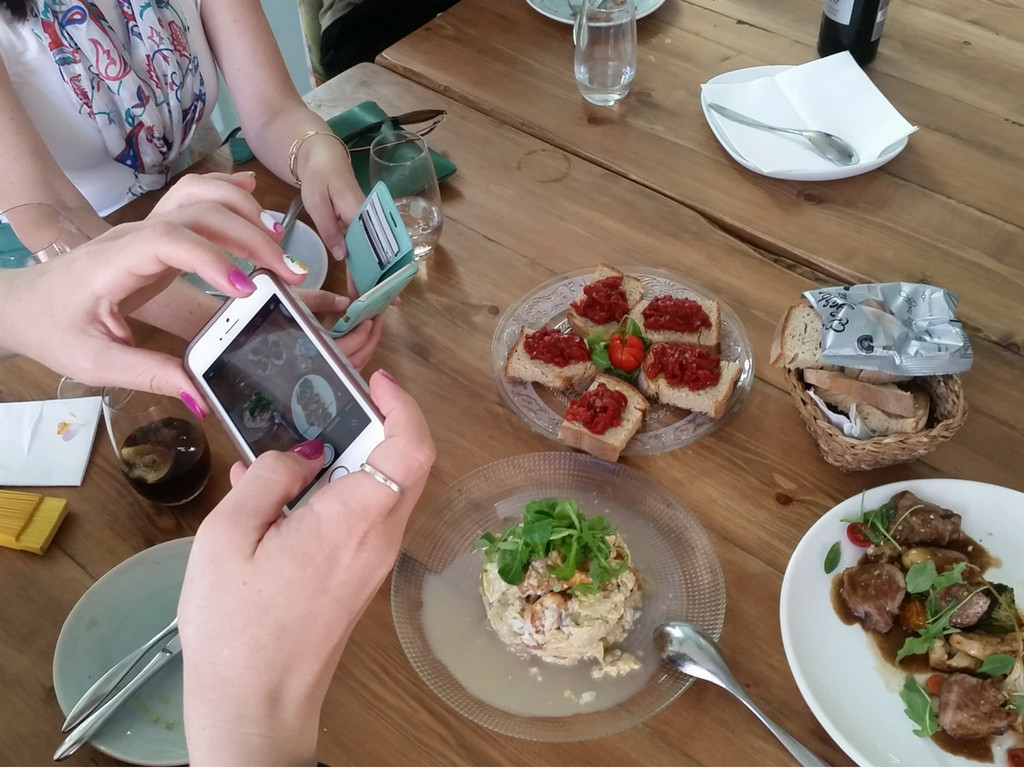
My friends love food but I’d been clued into the new kid on the restaurant block, Aníbal. “But you don’t even live here! How do you even know what’s new?” In a city that makes eating fun and one of Lonely Planet’s top picks for 2018, there isn’t a lot of elbow room for a brand new bar. But an old school vibe?
Aníbal by Origen is the first concept by the restaurant group, a departure of sorts from Rafa’s first venture at ROOF. While the food game wasn’t as strong, the terrace bar was sleek and reasonably priced. I expected Aníbal to be the same: its Instagram began with a photo like this, after all:
The palacio
My friend Rafael Toribio was one of the first to put a bar on a rooftop in Seville, housed in a botique hotel with views of Old World Seville’s Giralda and the modern Metropol Parasol.
Now that terrace bars in Seville are de moda, Rafa has moved on and, along with two other socios, bought an old palace in the heart of Santa Cruz, just an uphill stumble away from one of Spain’s famous flamenco tablaos and a cheap tapas bar where Kelly and I would spend our hard-earned private lessons money.
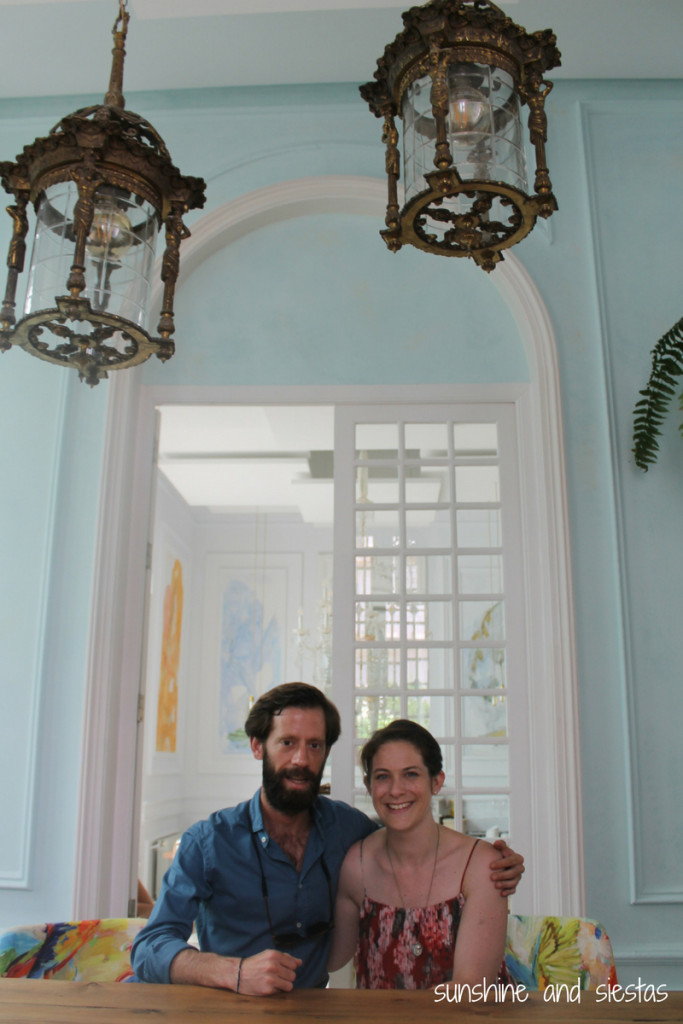
Airy and expansive, the restaurant is located in a casa señorial on Calle Madre de Díos, buried in the heart of Barrio Santa Cruz. Comprised of several rooms around a central patio andaluz, several of the original elements, like elegant fireplaces, frescoes and iron chandeliers.
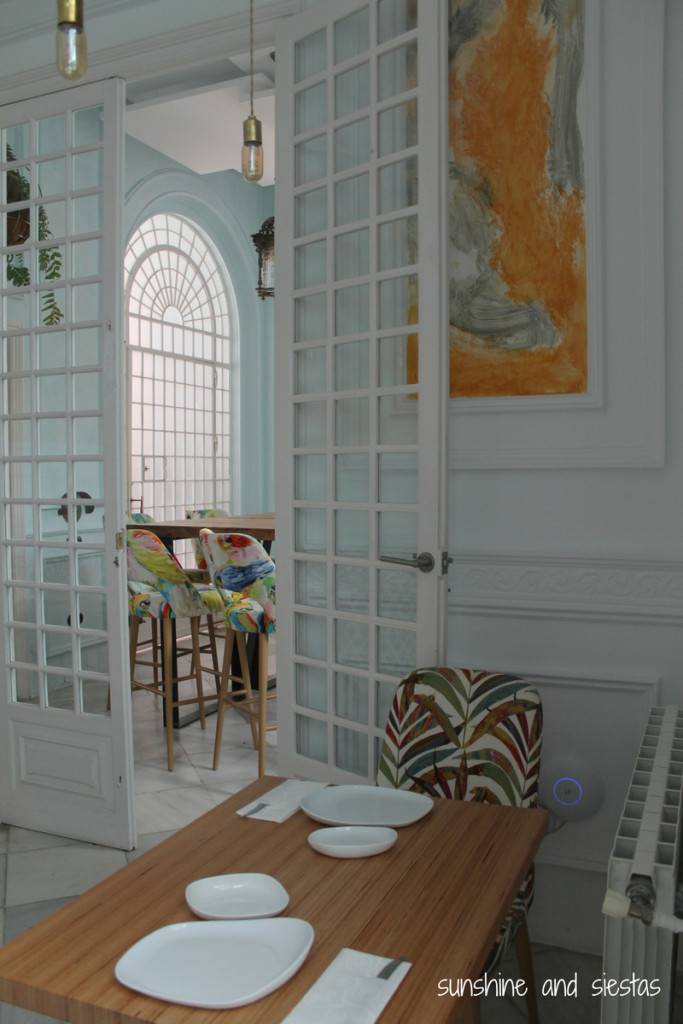
The front bar is roped off by heavy velvet drapes, seemingly out-of-place in a modern spin on a protected building. But once you walk into what was once a parlor, the space feels open, lit by natural light, and a fusion of old and new.
The word Origen seems fitting – the jungle theme is snaked throughout the space in playful tones and nods to continents where Spain has left a cultural legacy. Given that the menu has hints of these countries and flavors, the play on cultural elements allows each room to have its own feel while staying true to the theme.
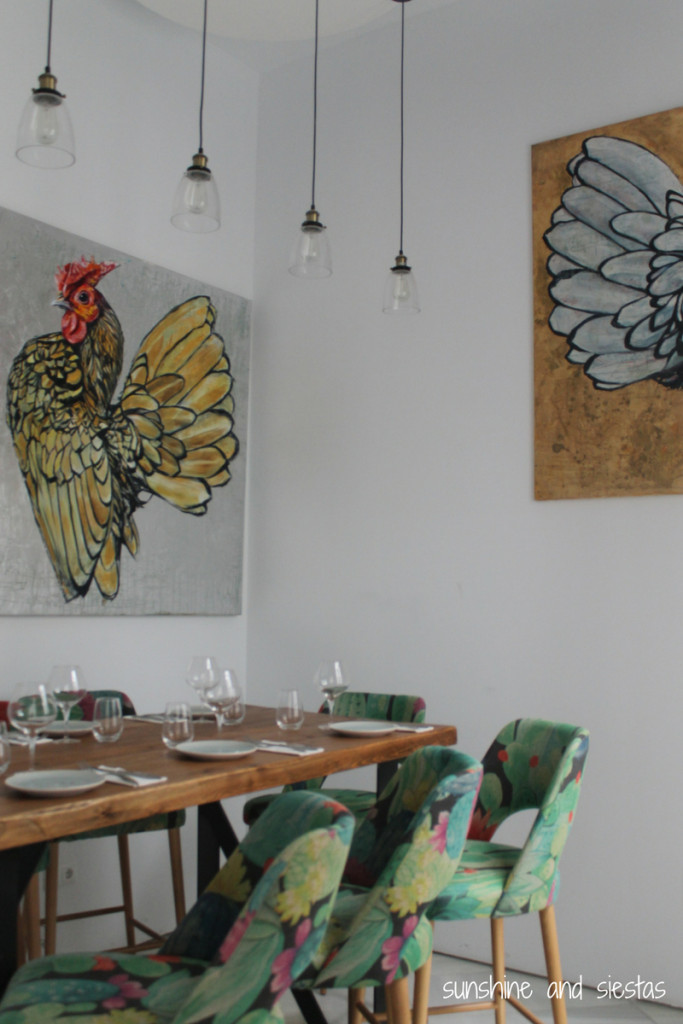
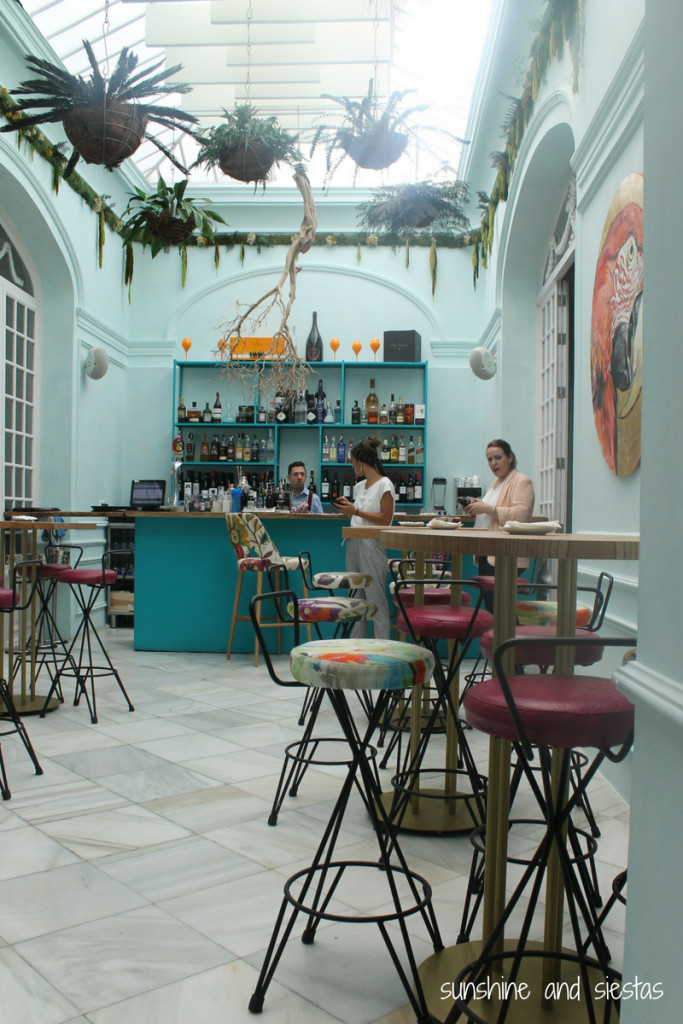
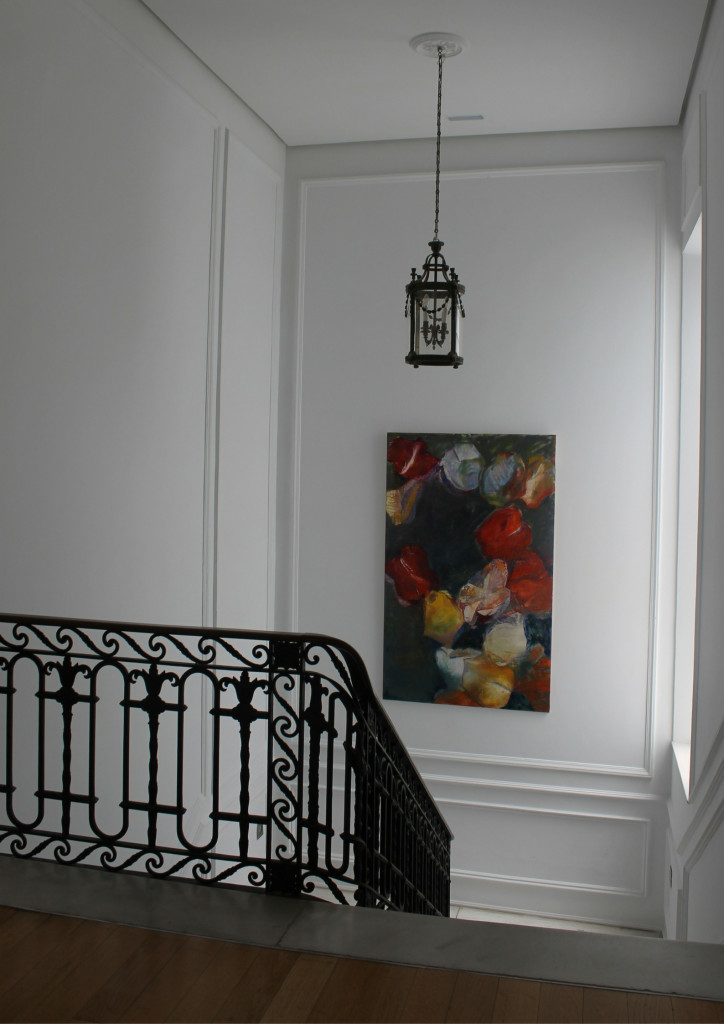
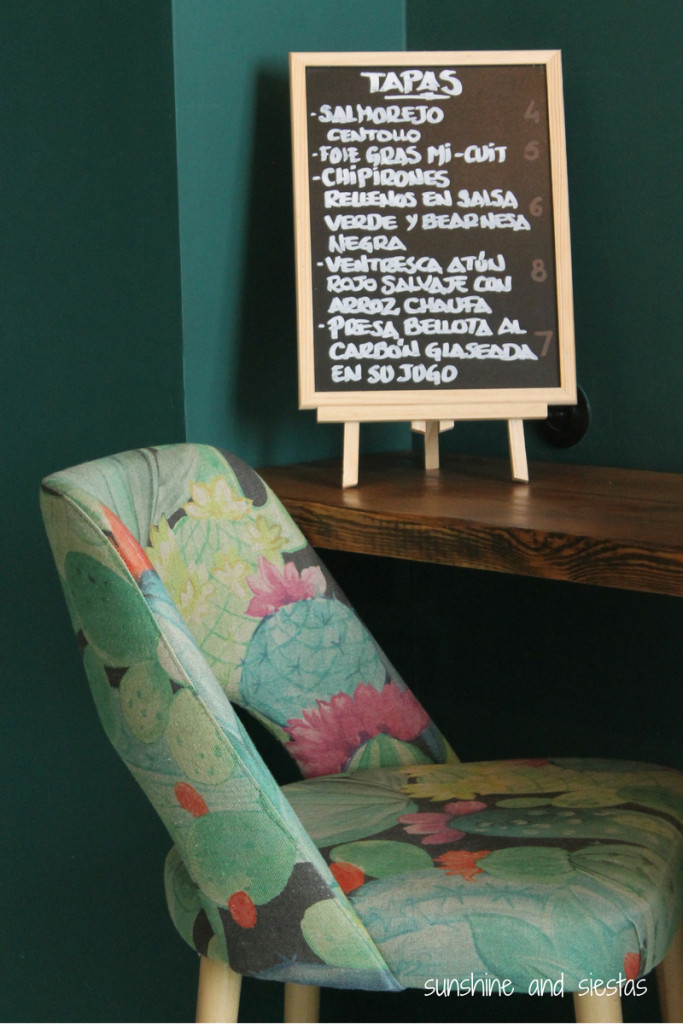
We were sat at a high wooden table. Had we been more than five it would have been too large to reach across the table and share food and gossip, but we formed a U, never out of arm’s reach of the plates or the bottle of wine.
The food
My friends and I order tapas like we order beers – with abandon, and one after another. You know you say, “Everyone pick a dish?”
We each chose two – we’d ordered half the menu and requested our vegetarian friends have some off-menu items, like grilled espárragos trigueros, coarsely chopped tomatoes drizzled in olive oil and revuelto de setas.
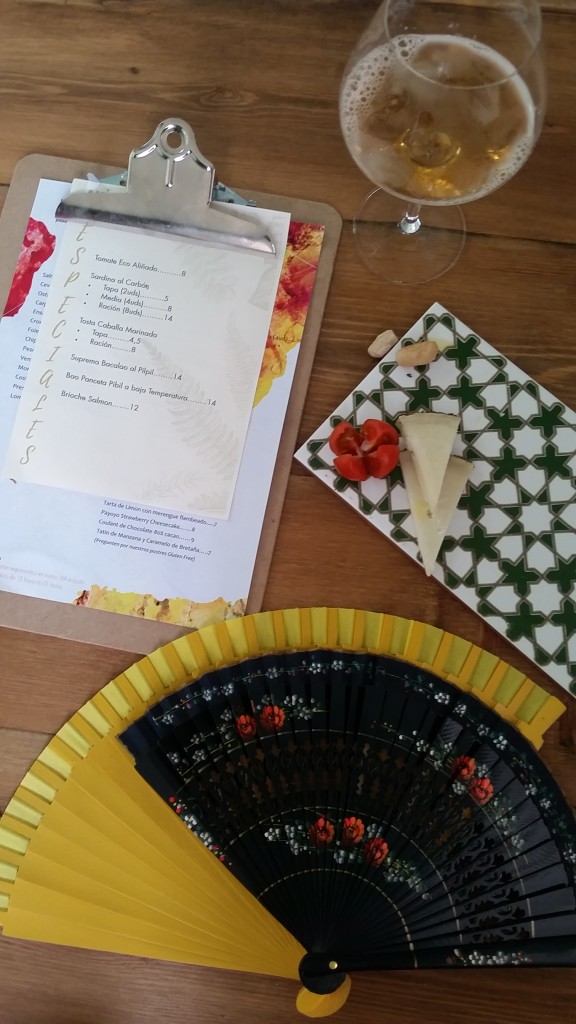
The food offering is mostly based on what’s fresh and in season, plus some market finds that sneak onto the fuera de carta menu. They’re rooted in old school Andalusian cooking with a modern, international twist – and oh-so-perfect for an Instagram feed.
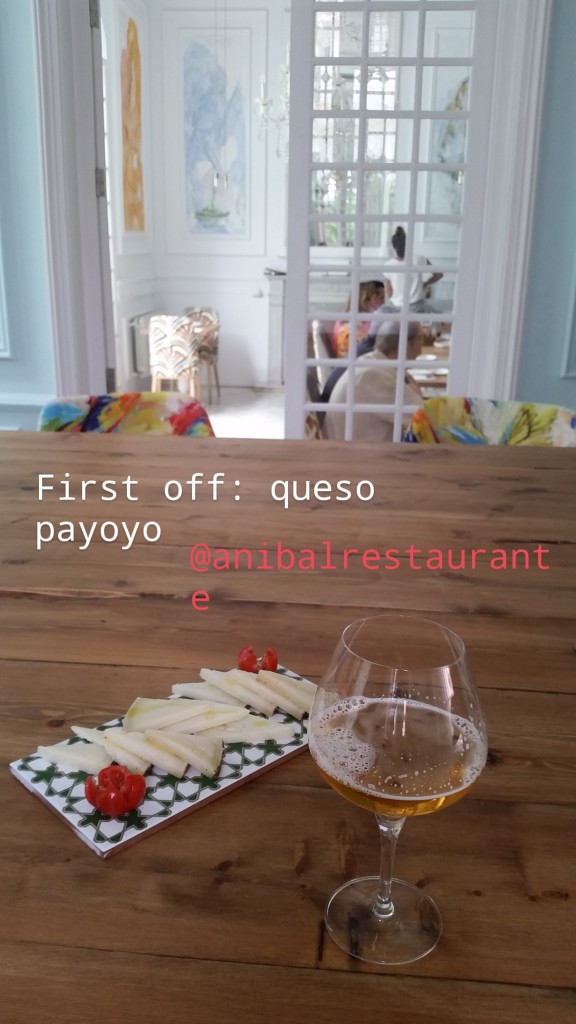
Queso payoyo
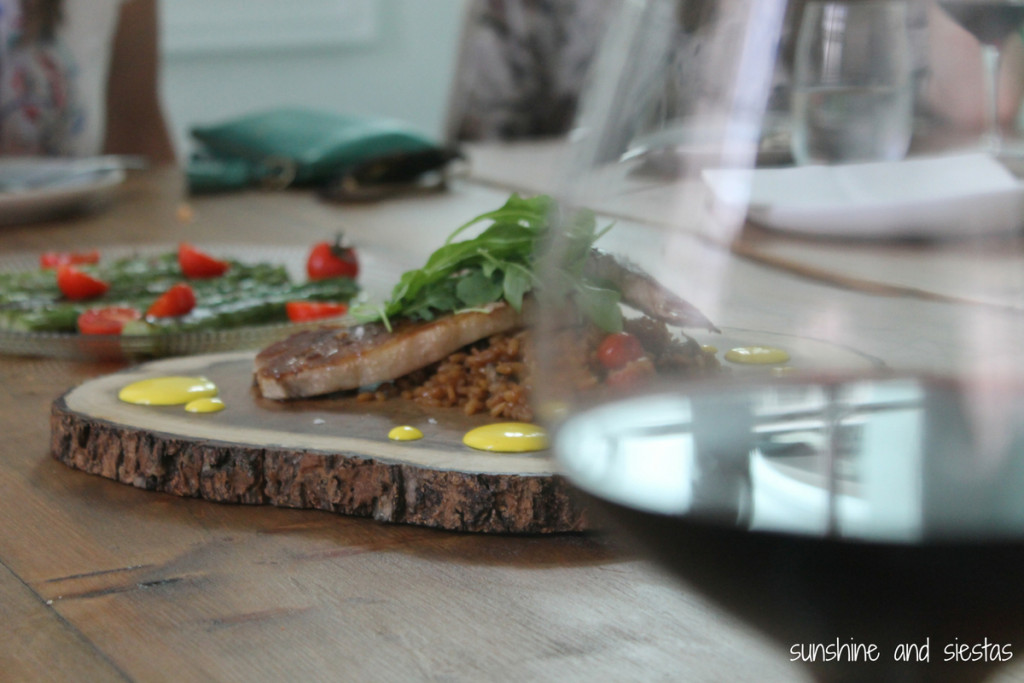
Seared tuna belly over a bed of arroz
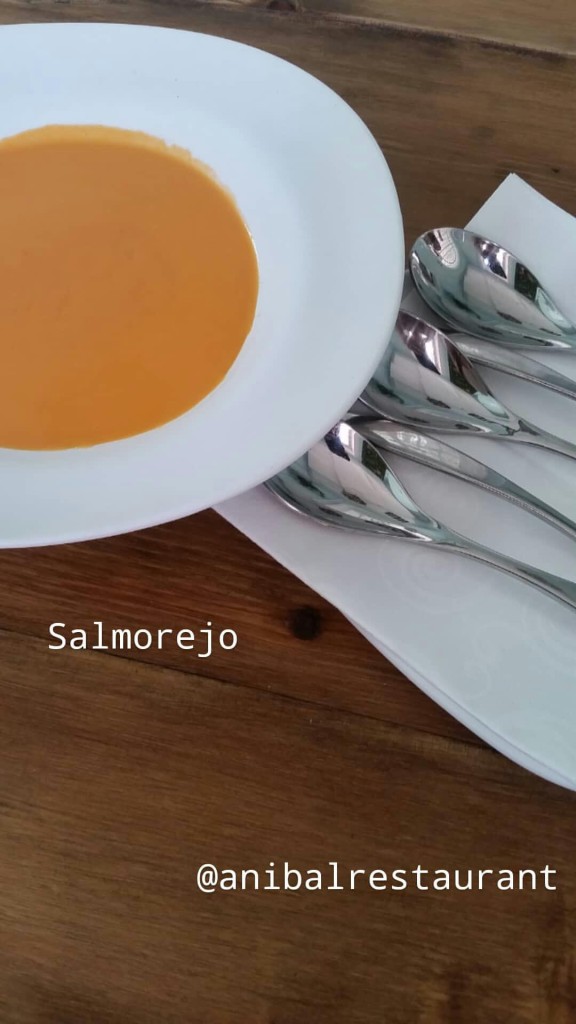
Salmorejo con carne de centollo
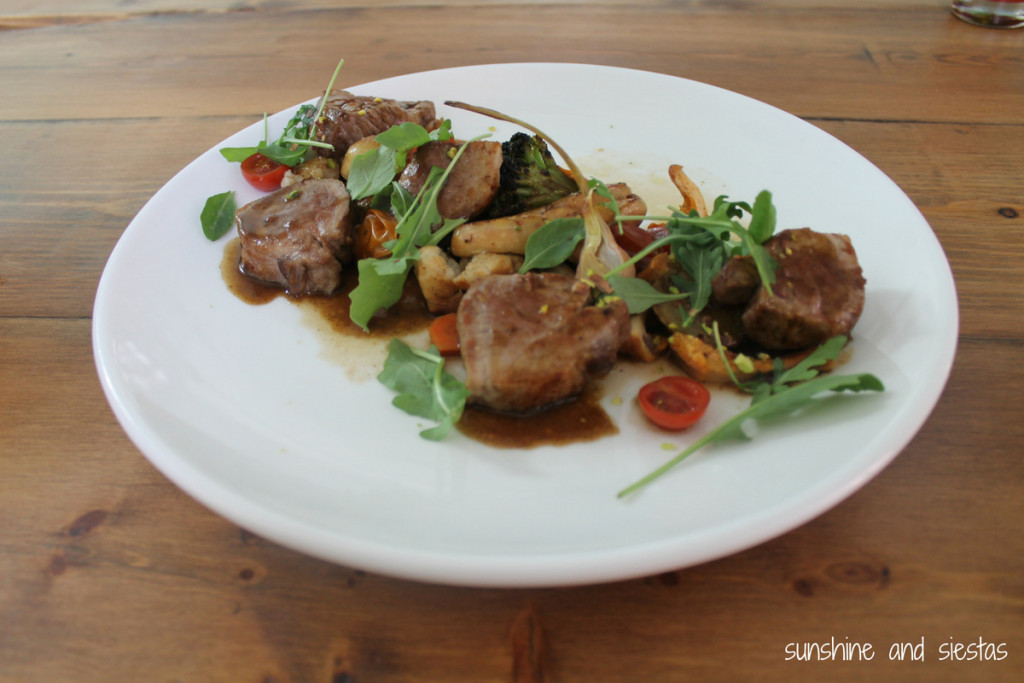
Presa Ibérica
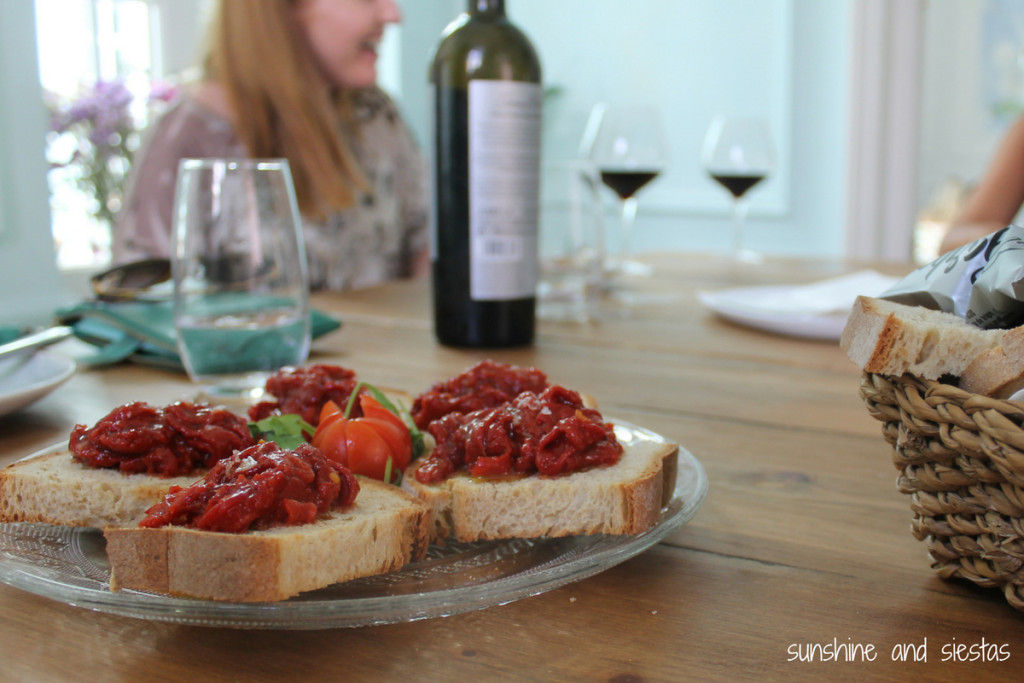
Tostas de pimiento de piquillo to cleanse our palate
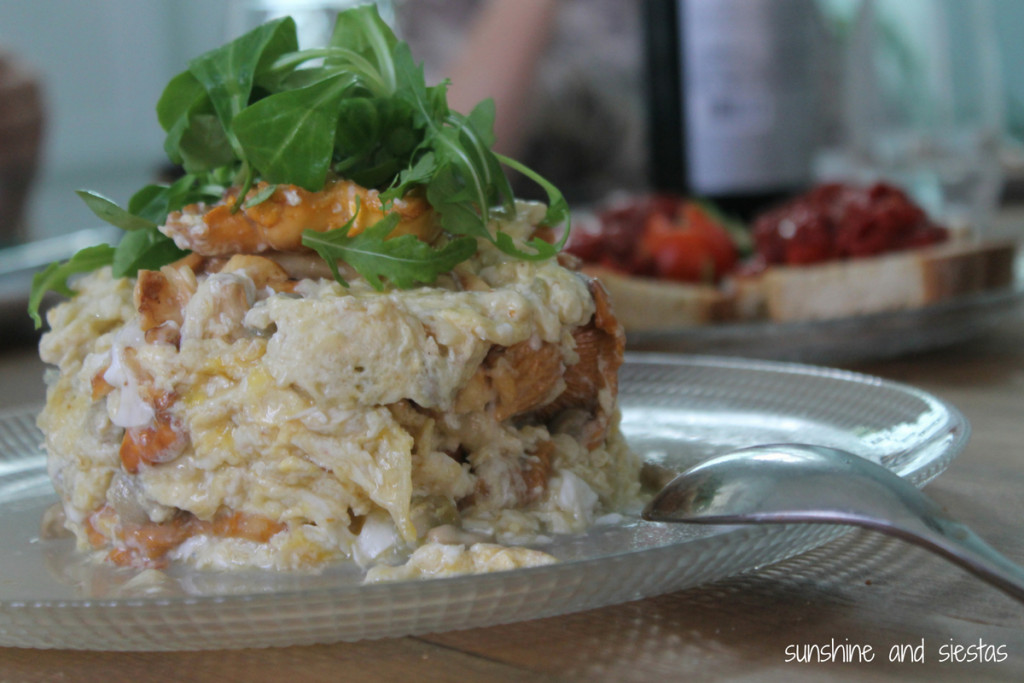
reveuelto de setas
For the most part, the food was spot-on – full of flavor without departing from traditional methods or tastes. The tuna belly got fought over, and the crab meat with the creamy salmorejo provided the right touch of texture for a hot summer day.
I found the lack of options for vegetarians to be surprising and disappointing, especially given that when I called, I was even asked if anyone had any dietary restrictions! I didn’t try the revuelto de setas, but it came out cold and watery and like someone had forgotten the salt.
The service
Invita la casa, the maître’d announced, setting down a barrage of sweets.
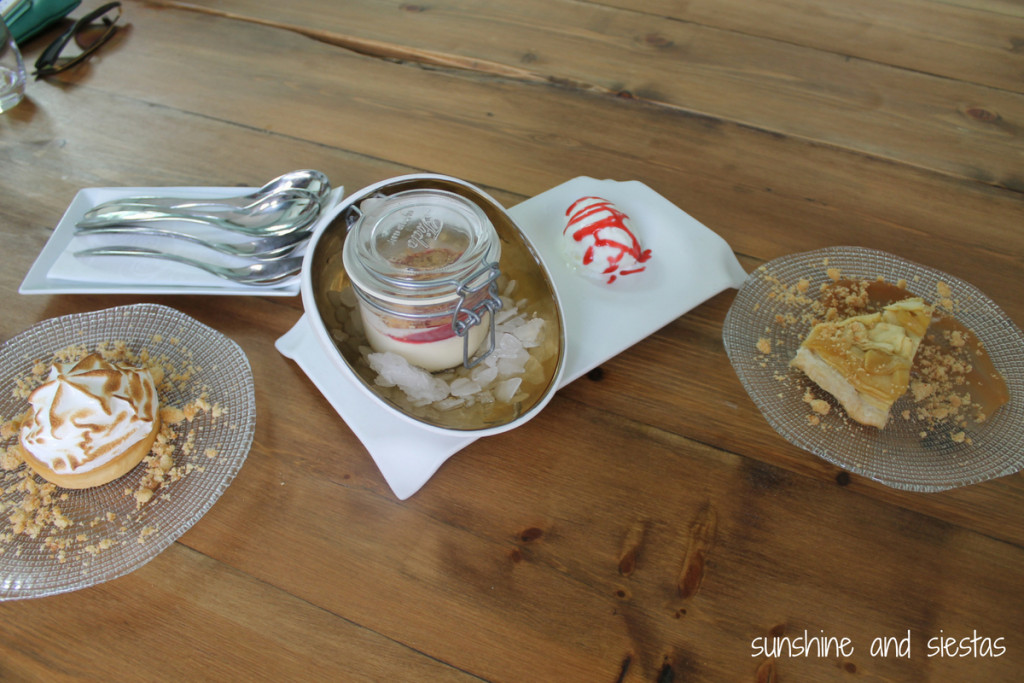
True, it was a hazy day in late June where the restaurant sat empty – locals were assaulting the beachside chiringuitos in Cádiz – but we never had to flag down a waiter or send back any food. In a city where good service isn’t the norm, I had zero complaints. We could eat and gaggle in peace but never be without a full glass in hand.
The verdict
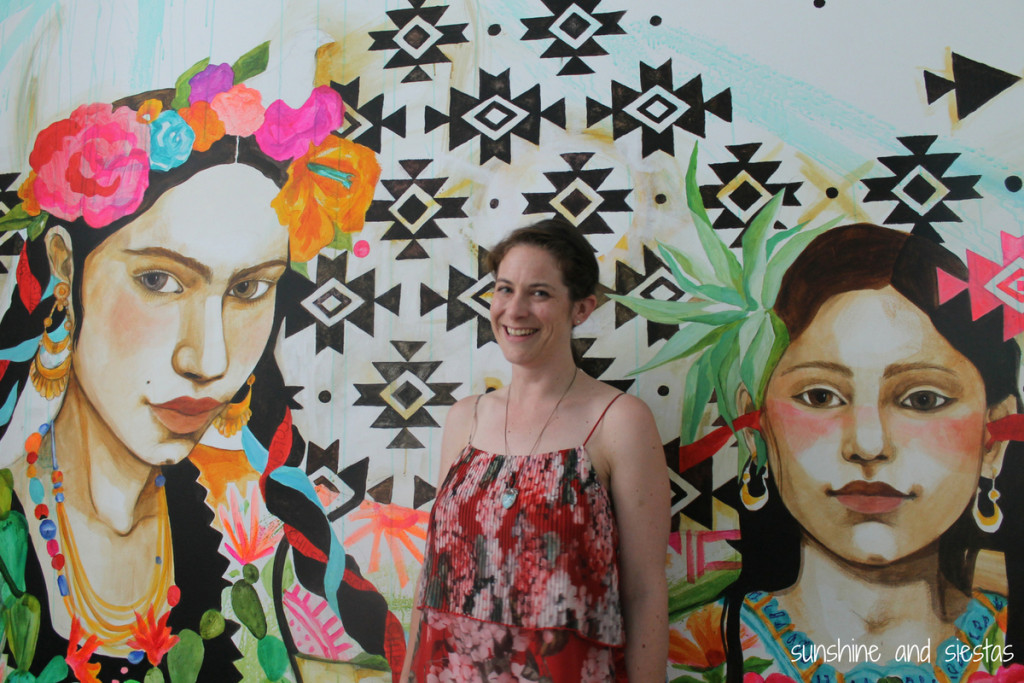
Aníbal won’t make my short list of haunts in Seville – I’m far more partial to places with crass bartenders and a wine list that consists of only tinto or blanco – but it’s r for a fancy night out, a cocktail or Instagram postureo. We paid about 22€ a head with food and drinks and the cubierto – a bit pricier than most other restaurants in Barrio Santa Cruz but less than I’d have paid in Madrid by at least a nice bottle of wine.
There’s no doubt that Sevilla is changing. But the more the city seems to reinvent itself, it always stays true to its (ahem, rancio) roots – even when a restaurant touts a modern look and feel.
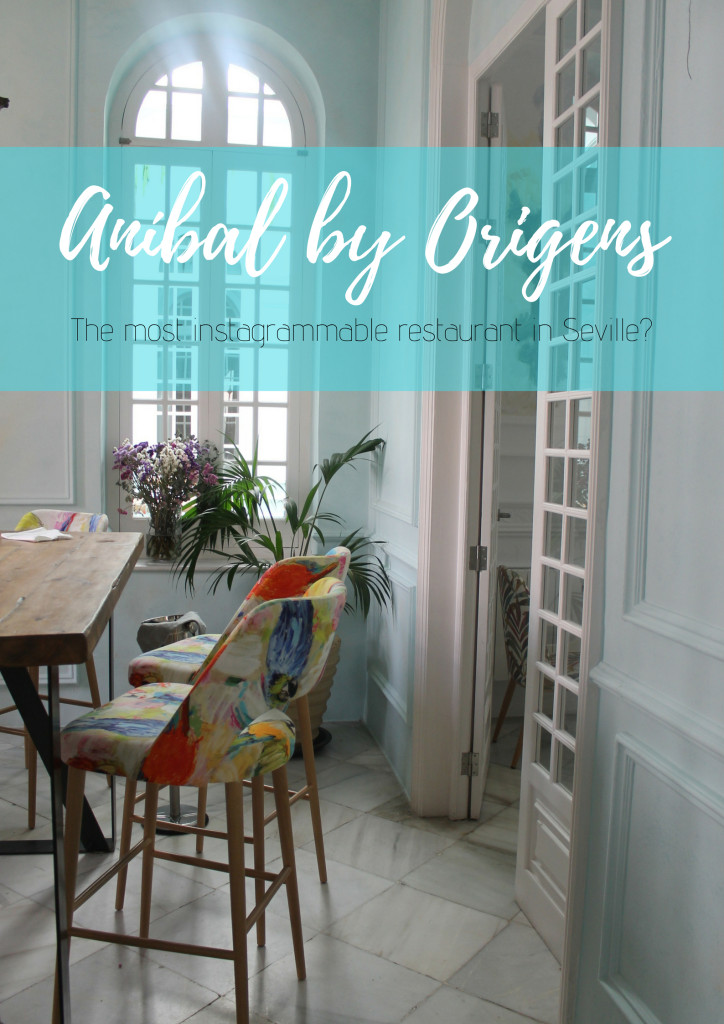
You can follow Aníbal on Instagram and Facebook and check out their pop up events – everything from cocktail master classes to designer markets to music on their rooftop.
Full disclosure: Aníbal kindly picked up our desserts and coffee, but opinions are – and will always be – mine. Aníbal is open Tuesday through Saturday from noon until midnight or 1am. You can make a reservation by calling 672 44 85 78.
Have you been to Aníbal? Know another restaurant that’s worth an instastory? Comment below! You can also view my posts about the best tapas bars in Seville and Spanish Tapas 101.

